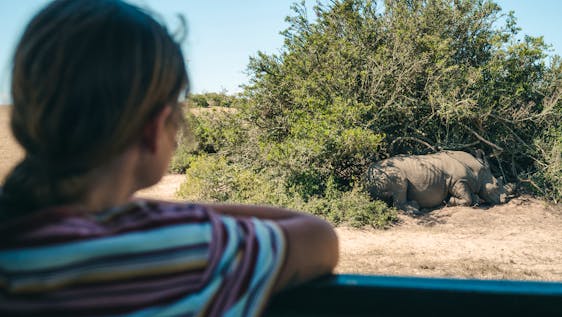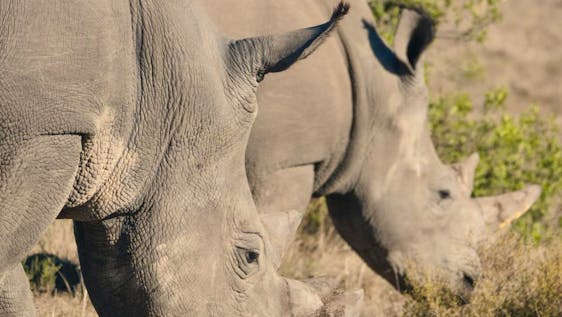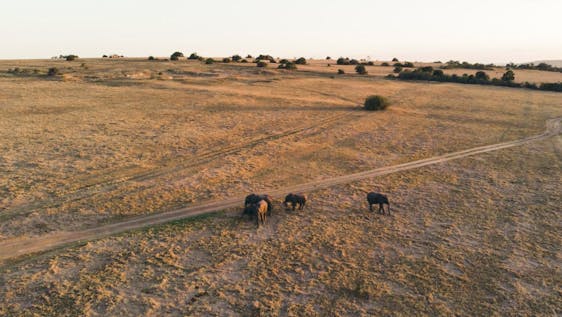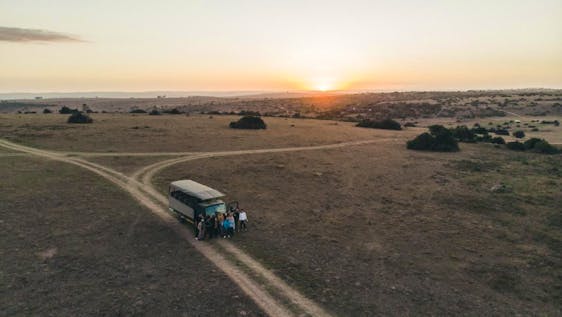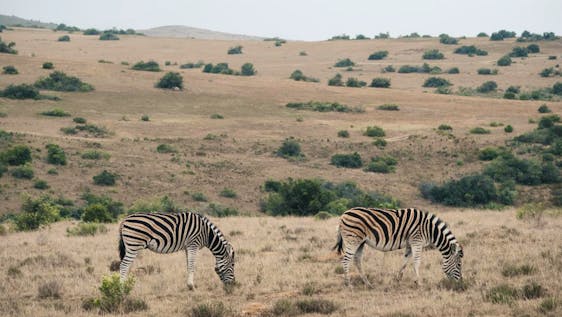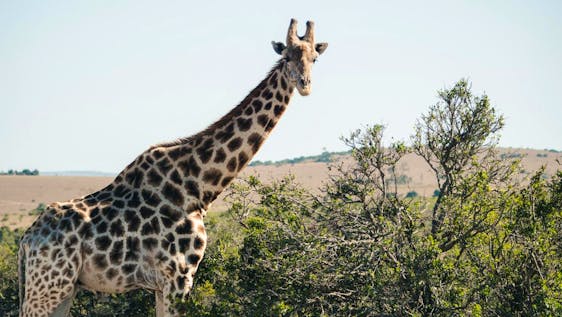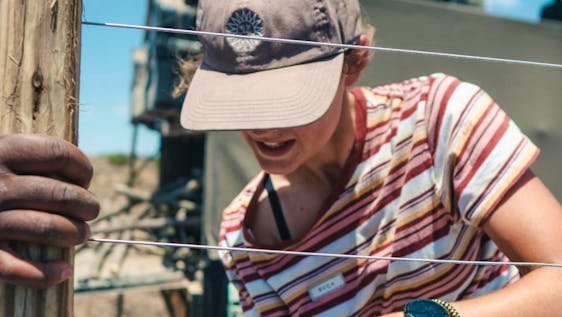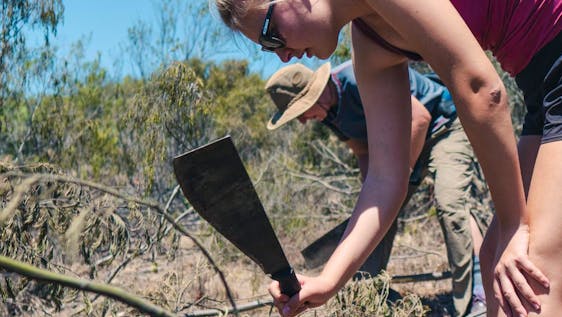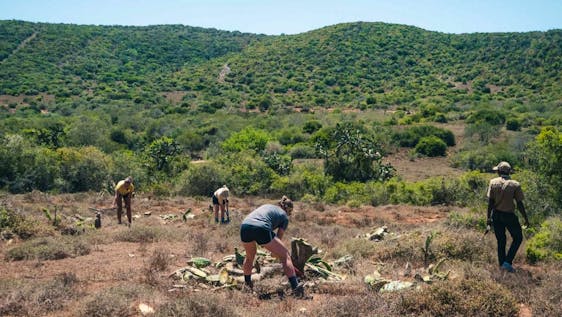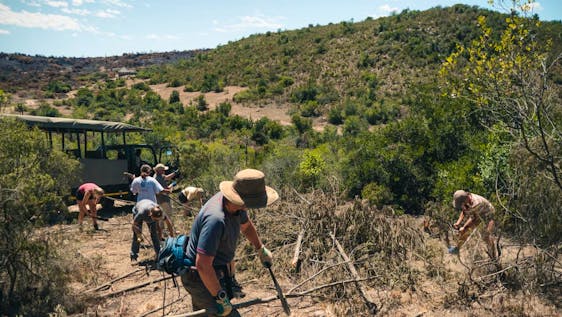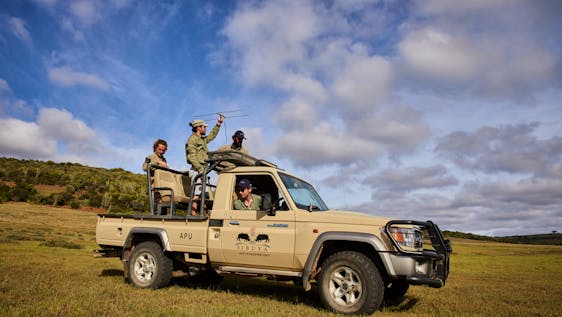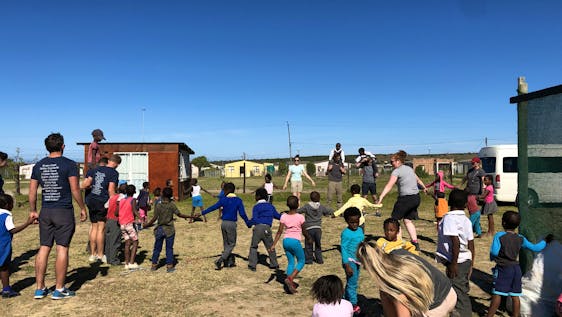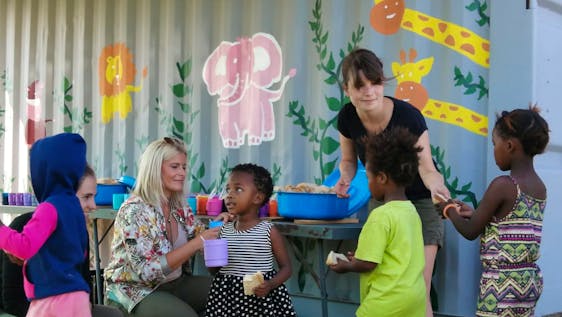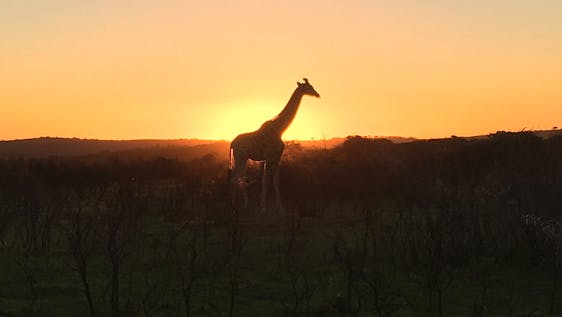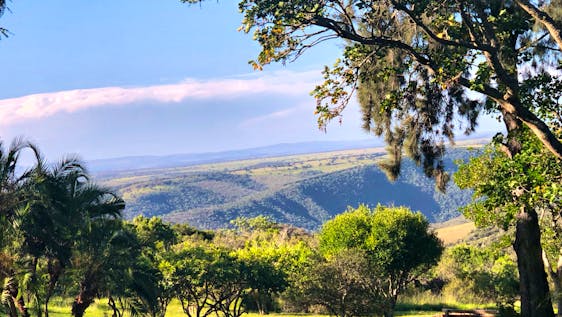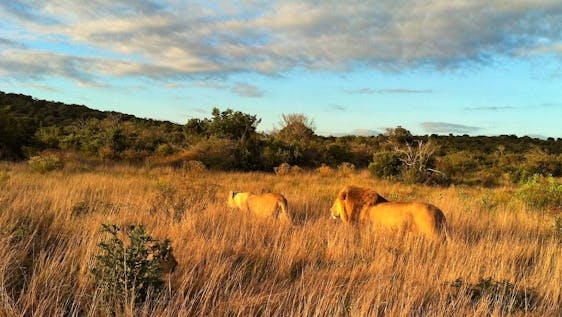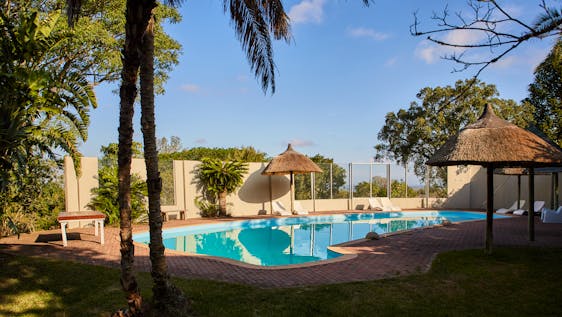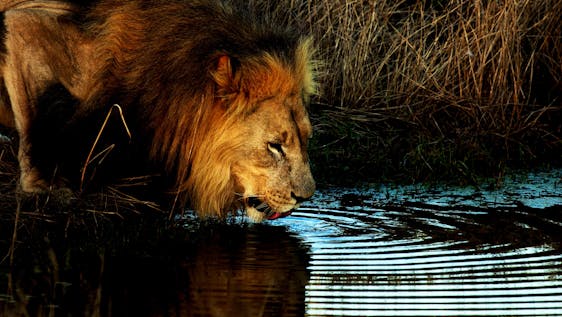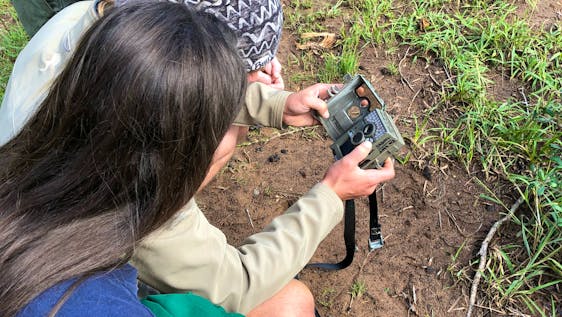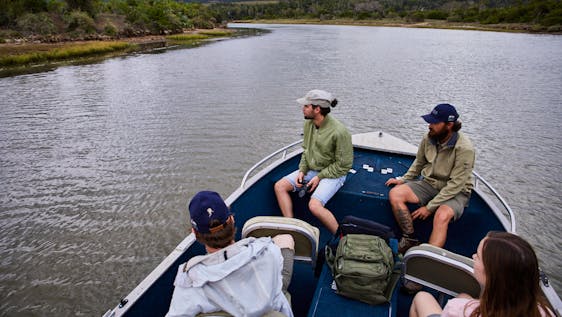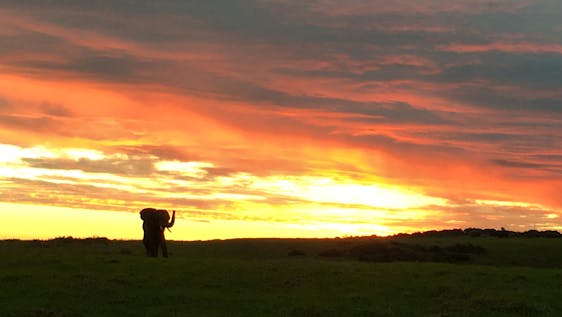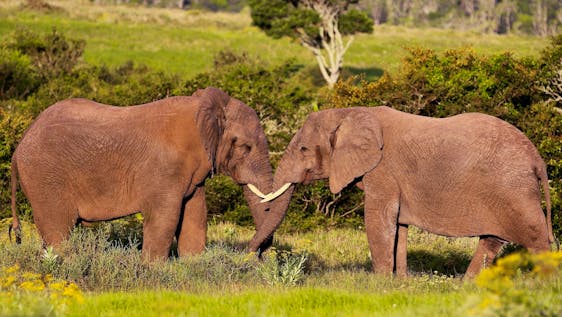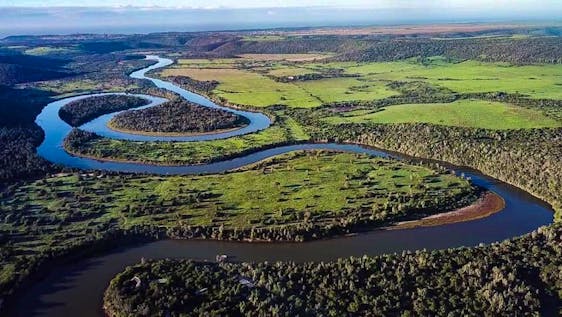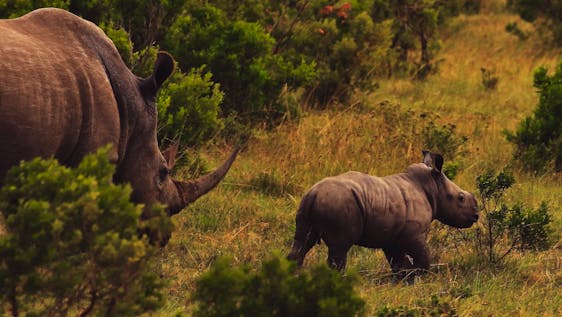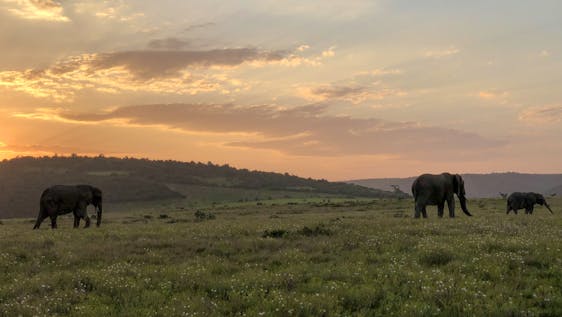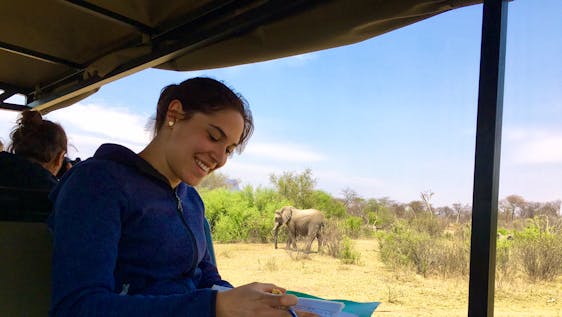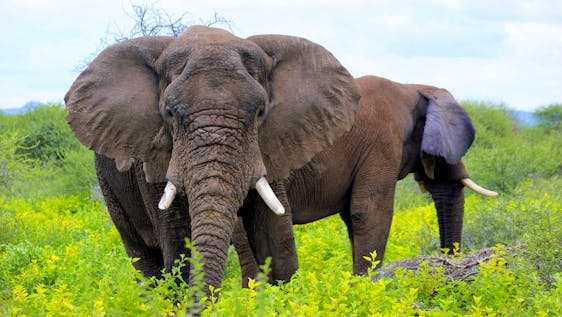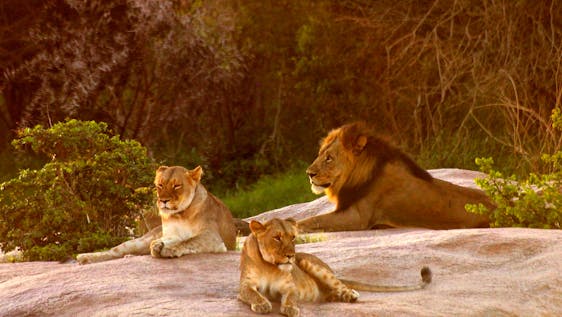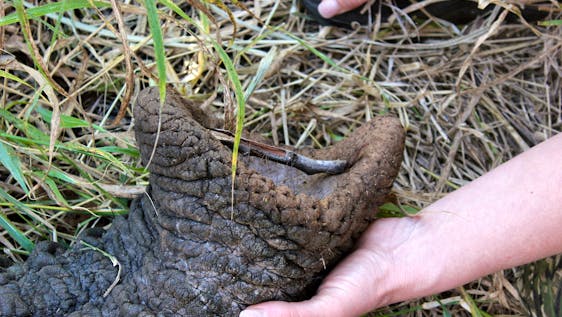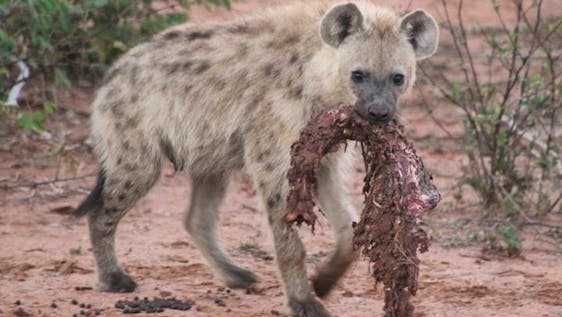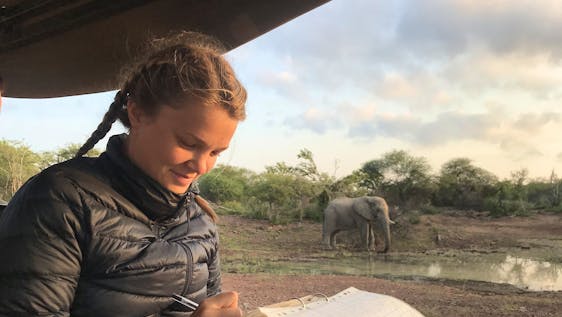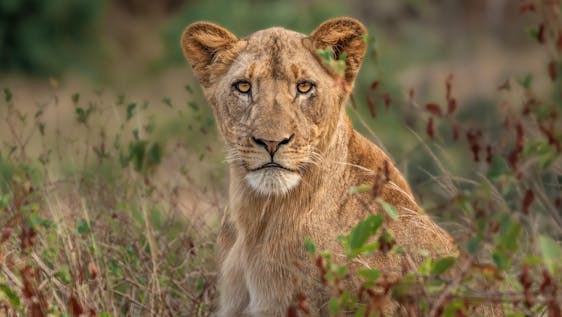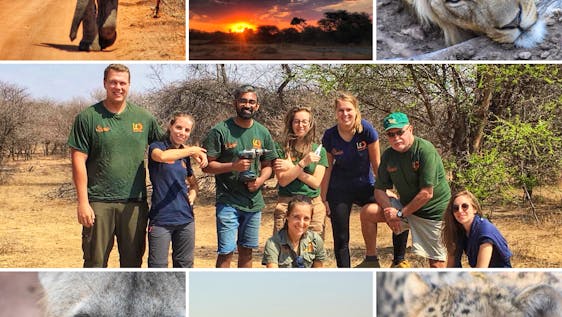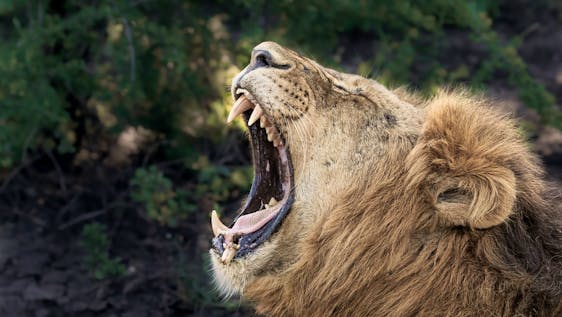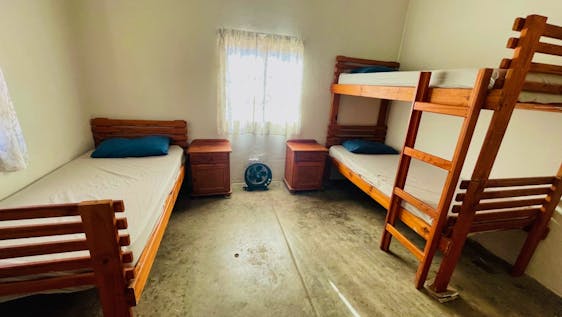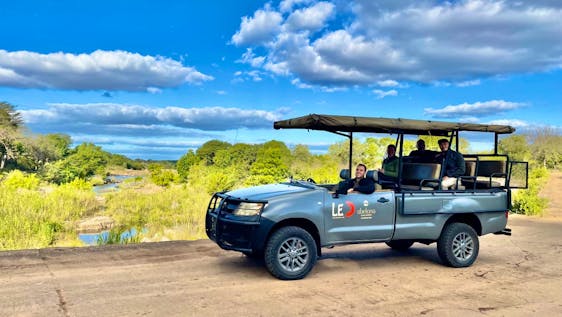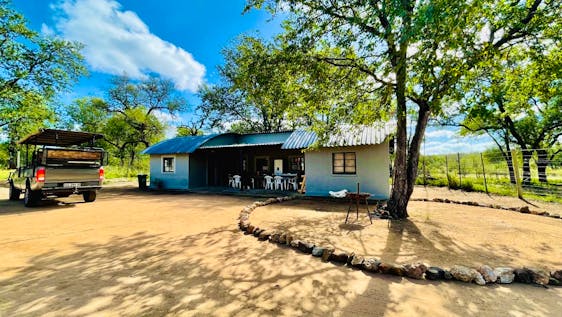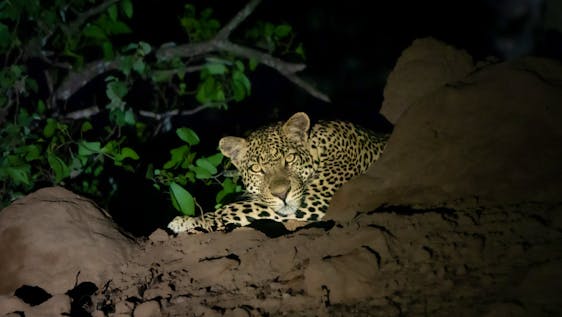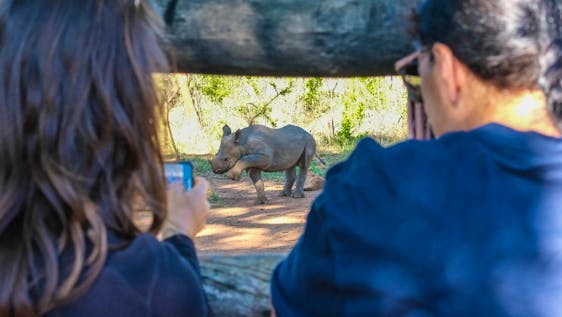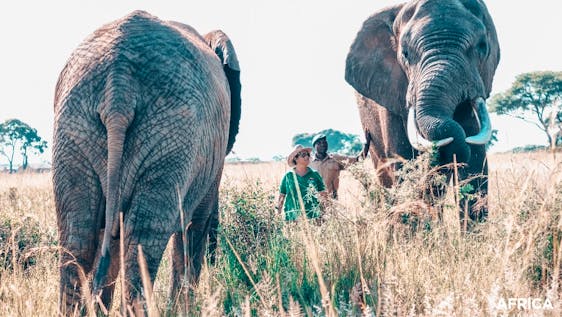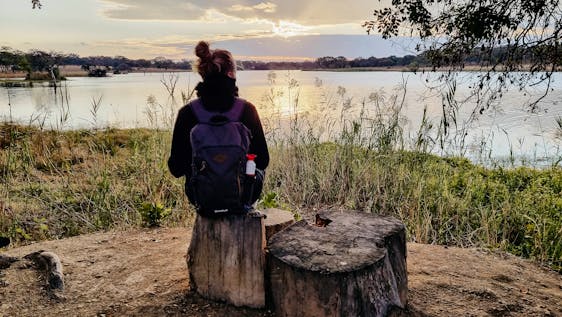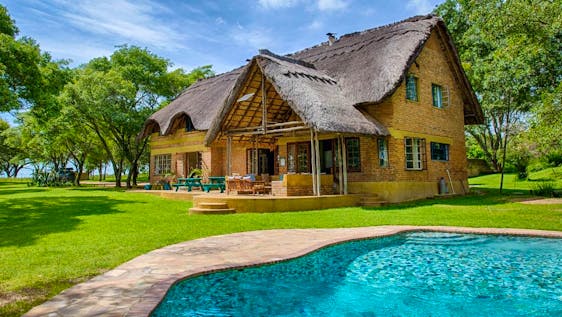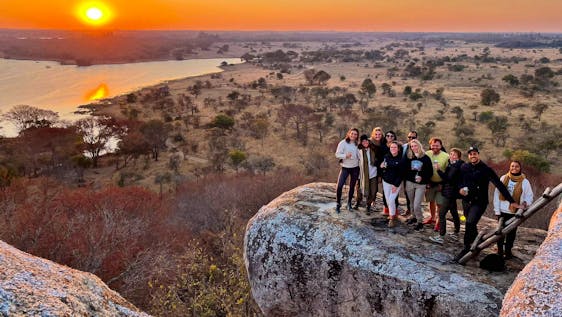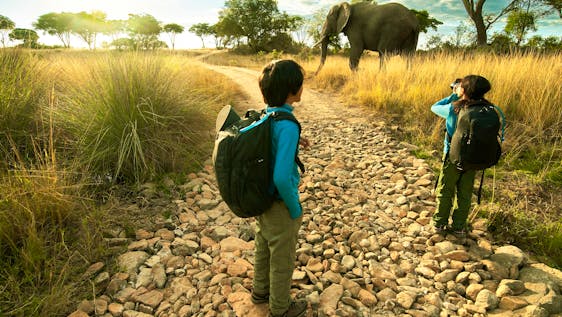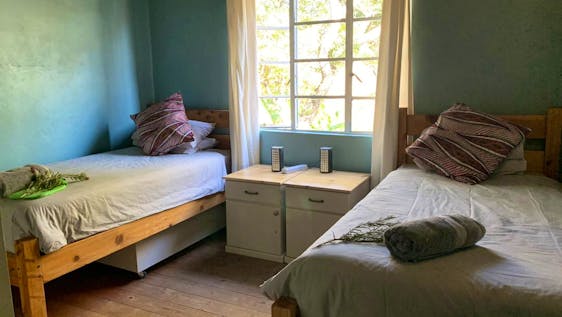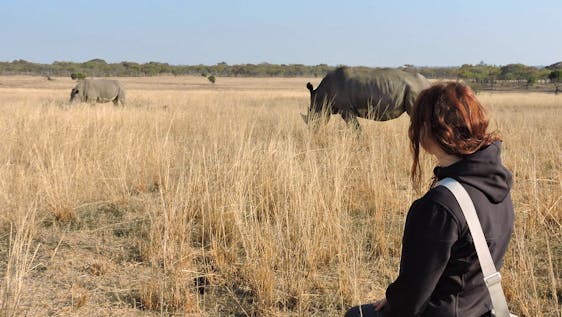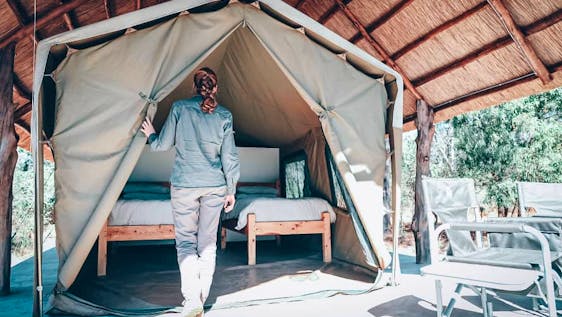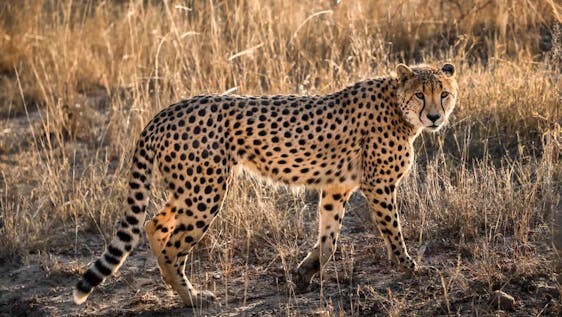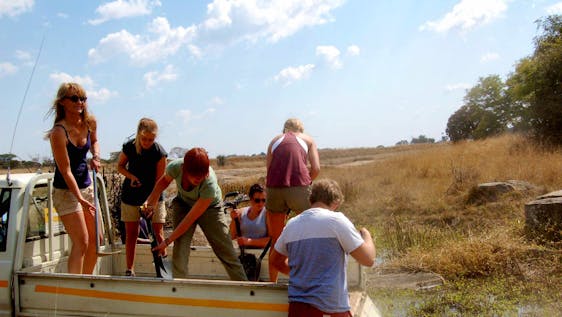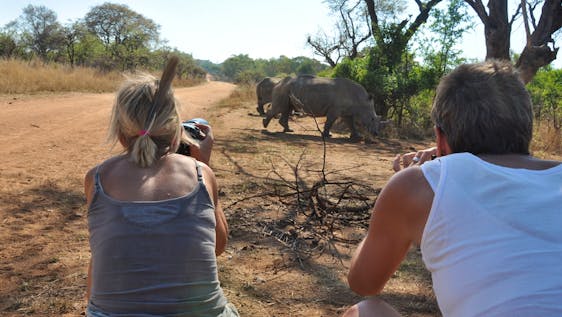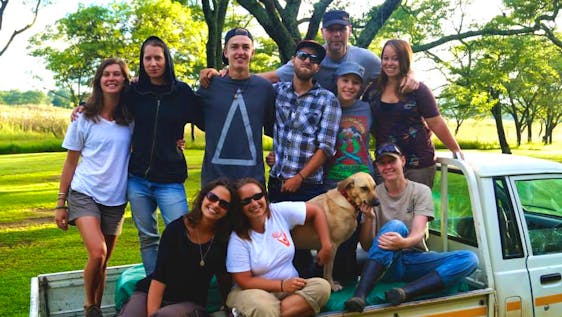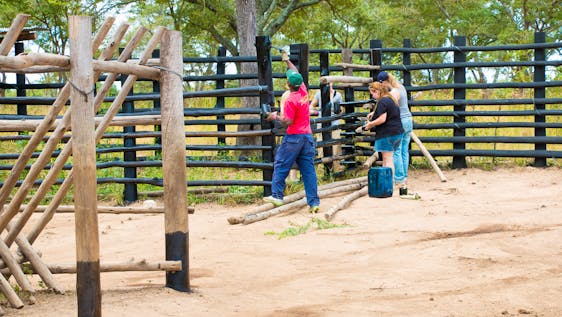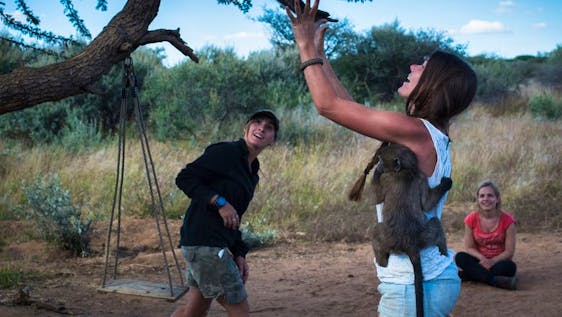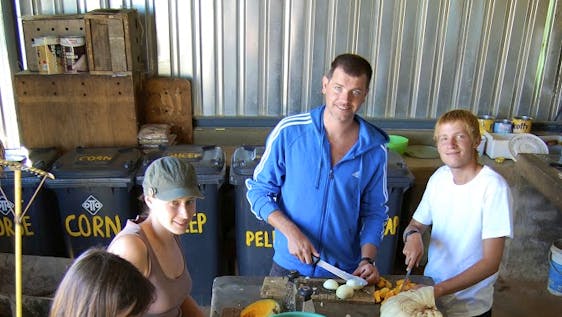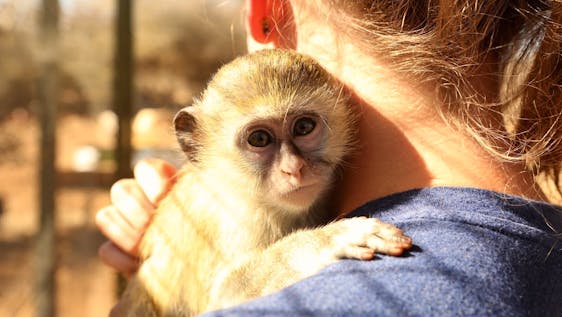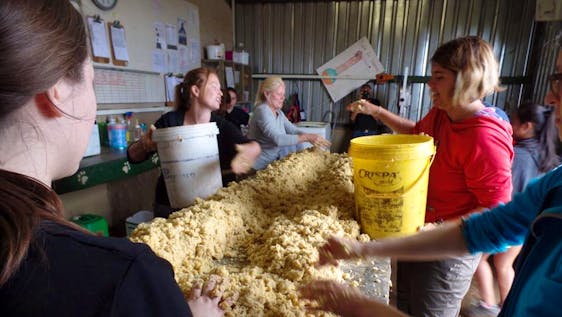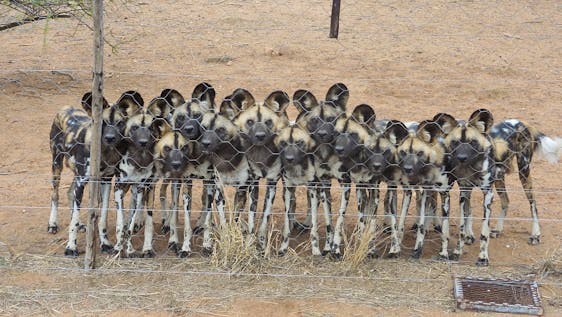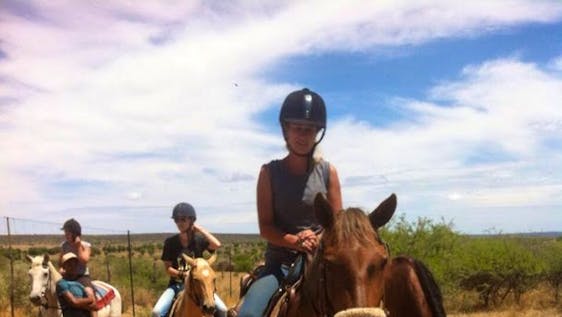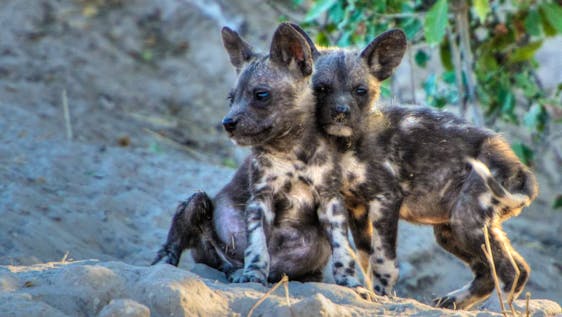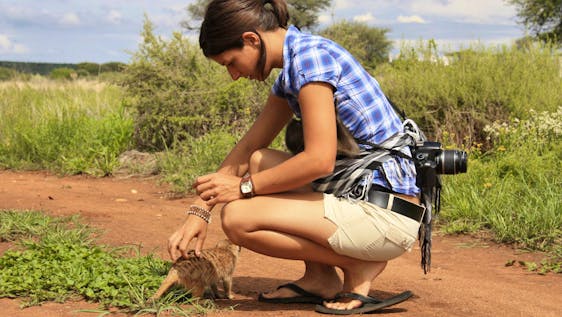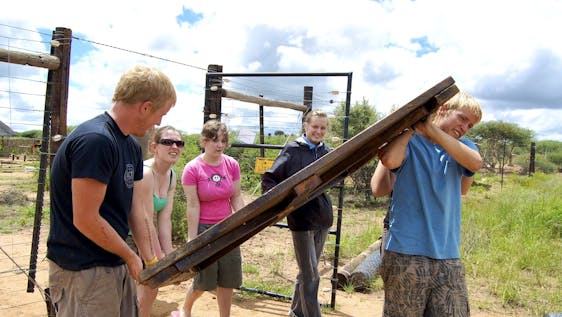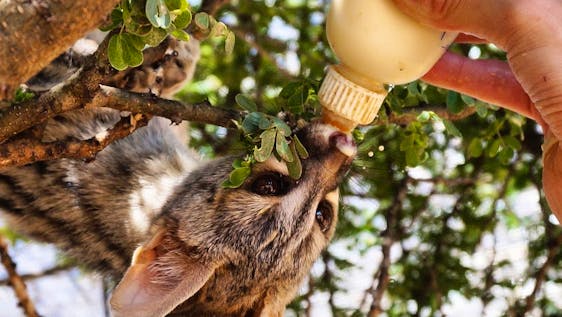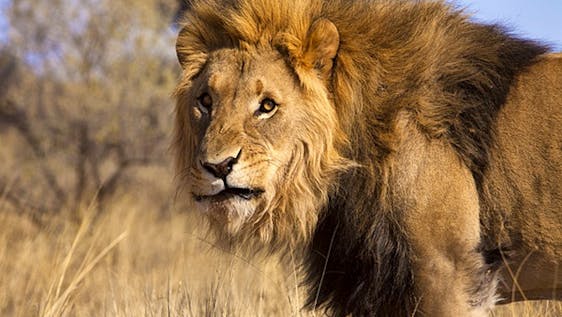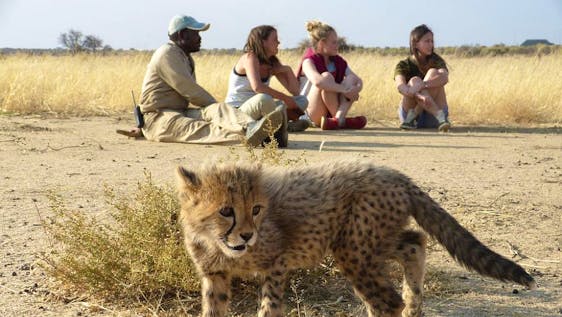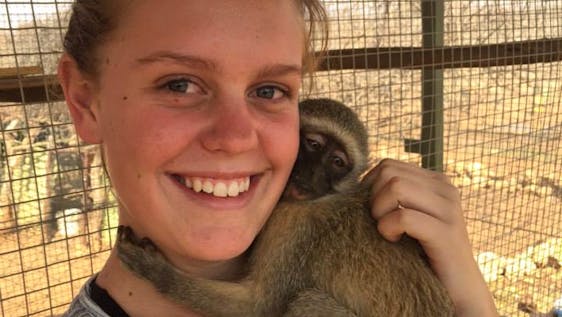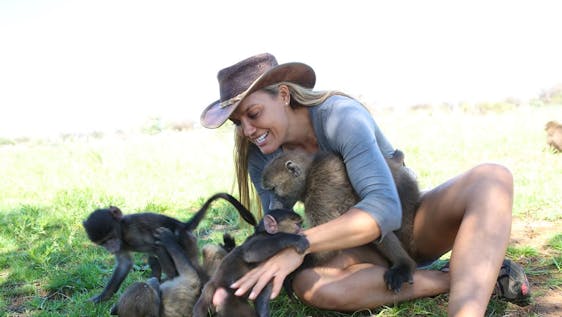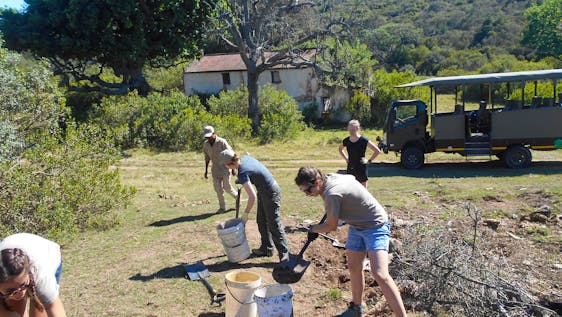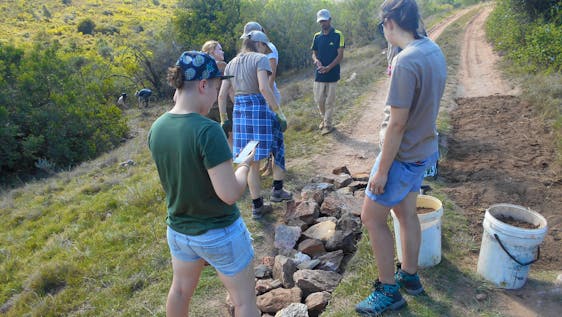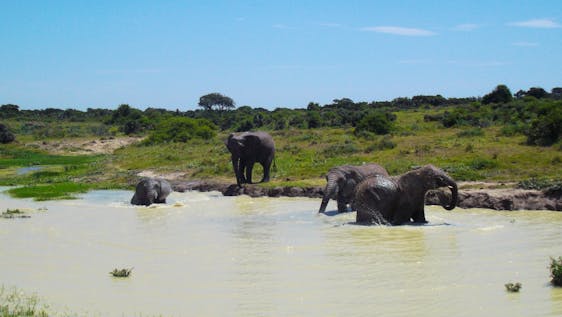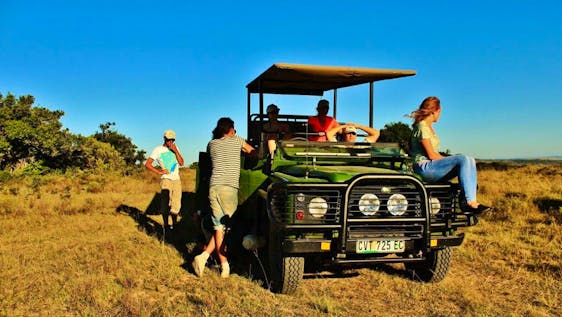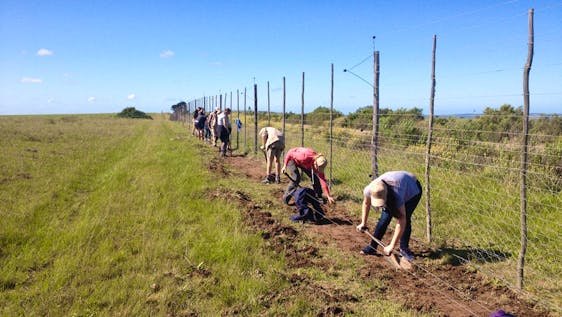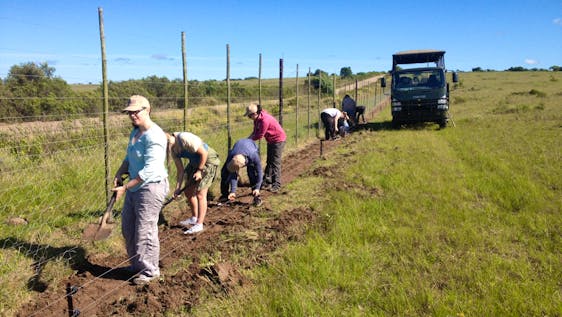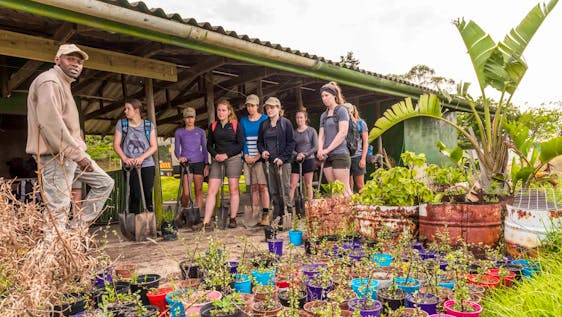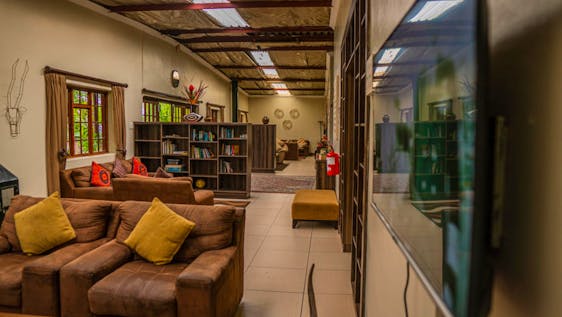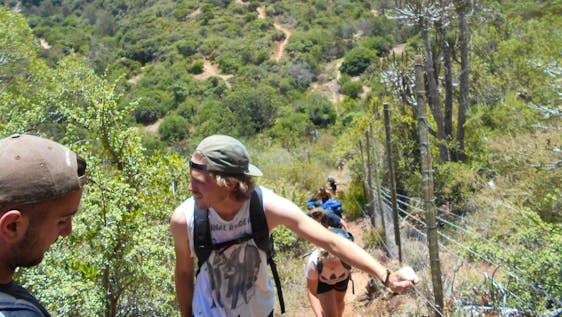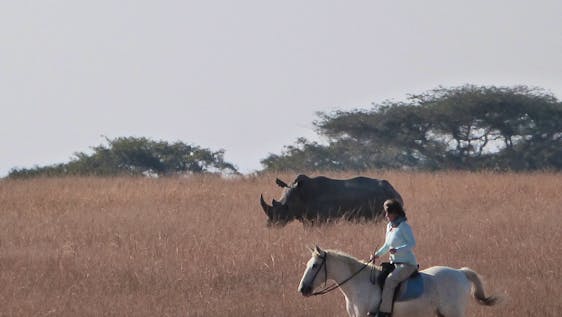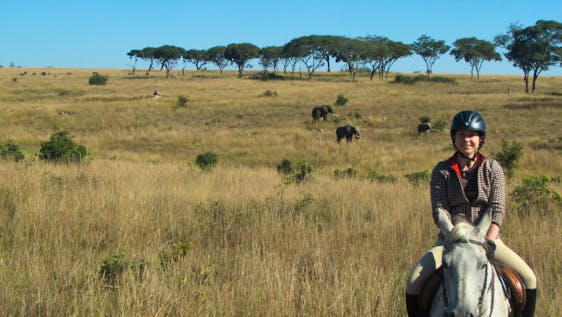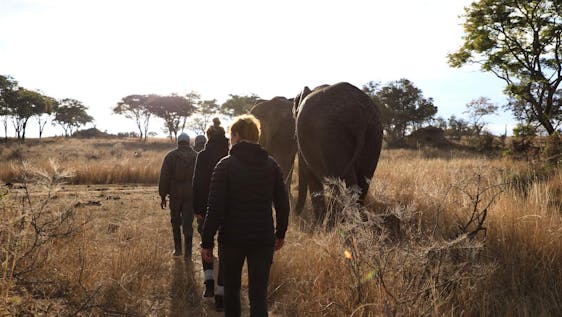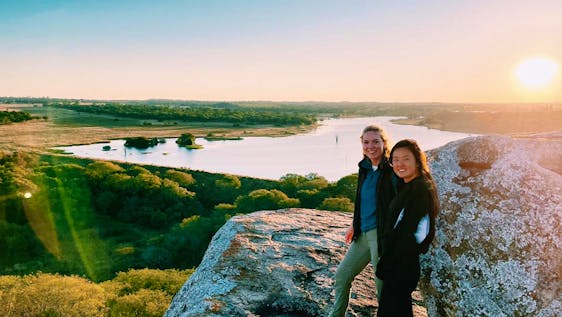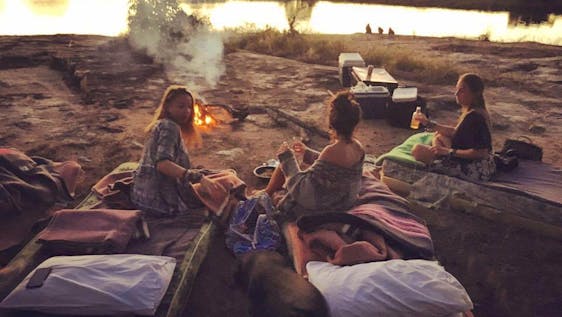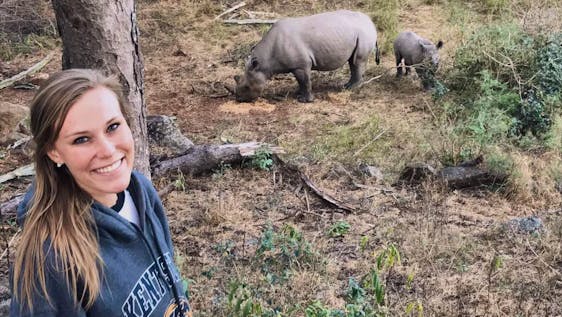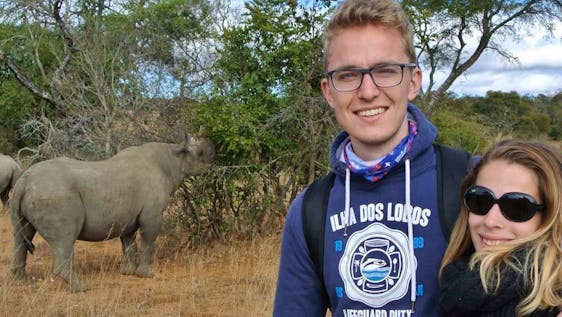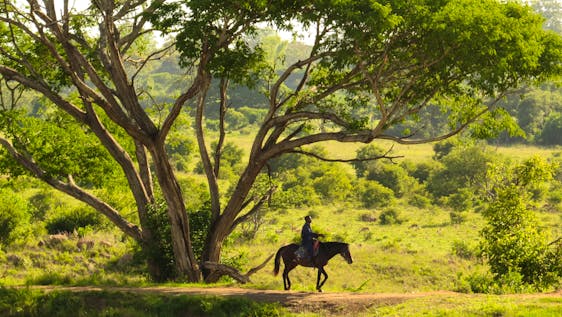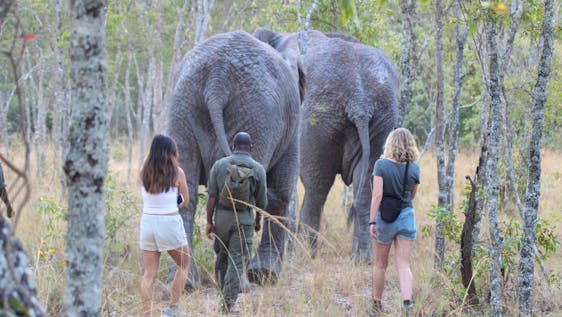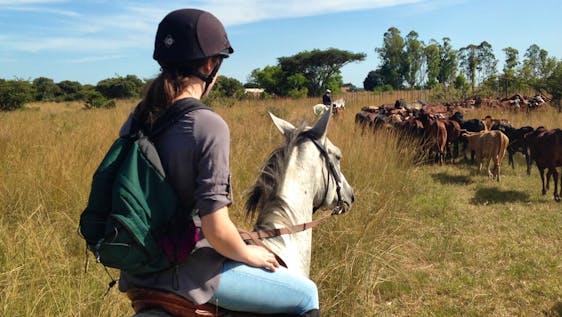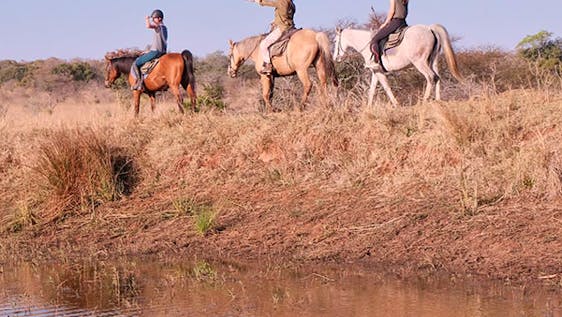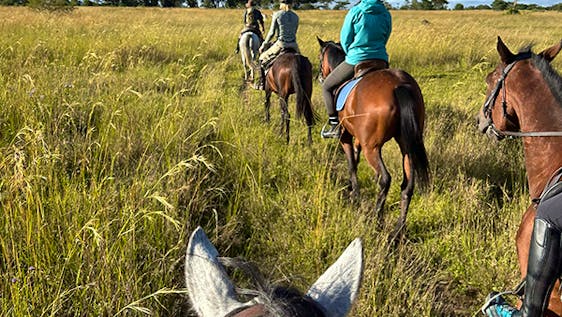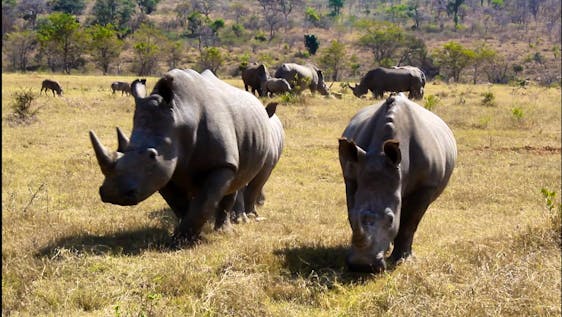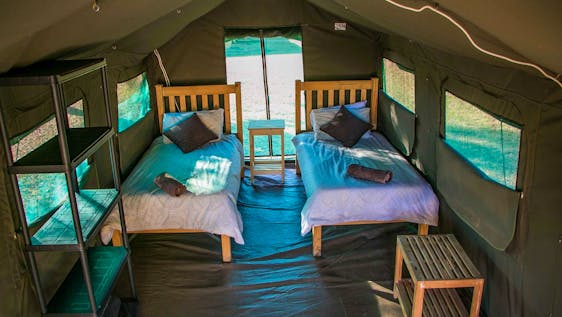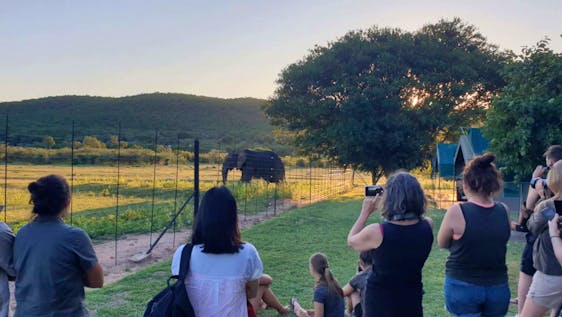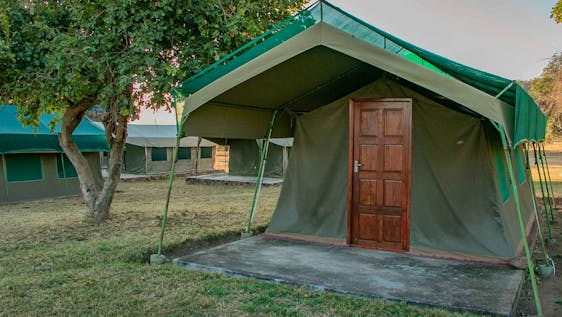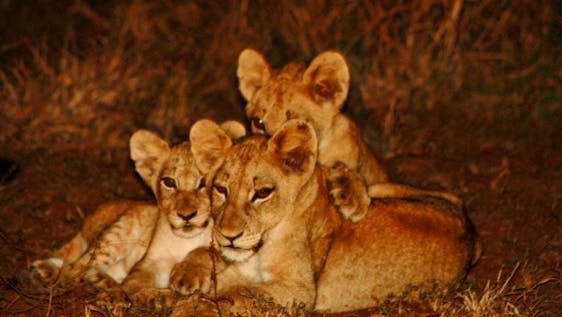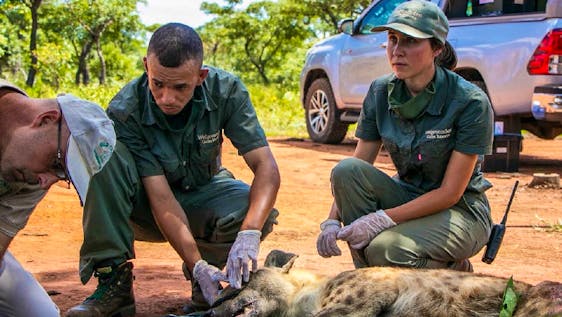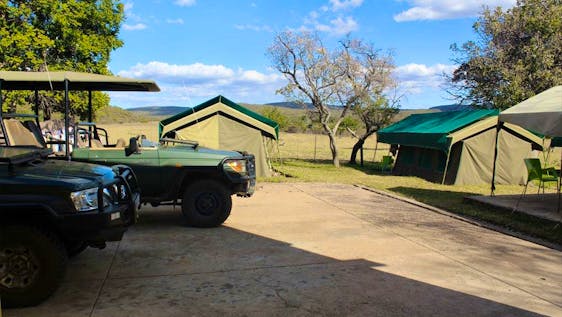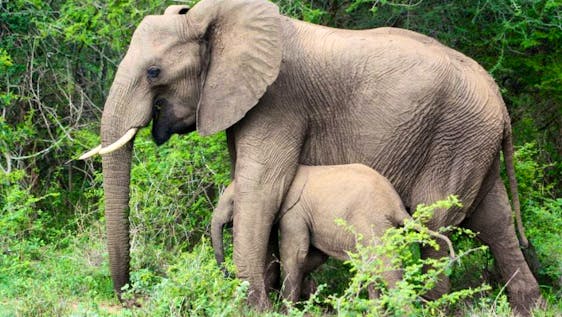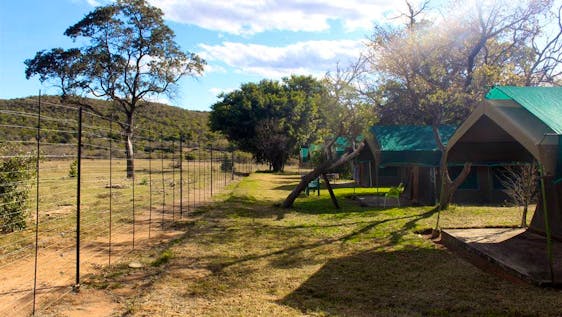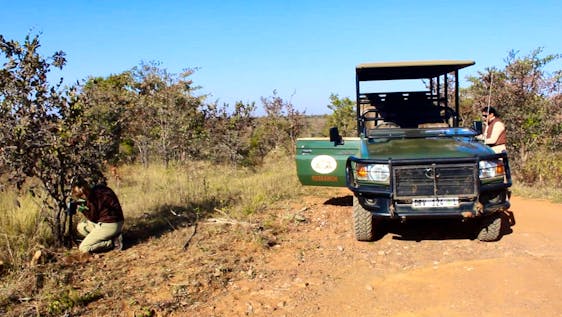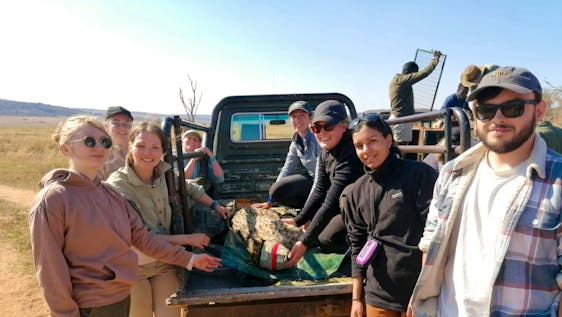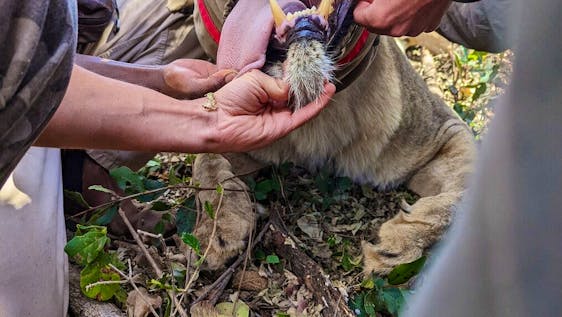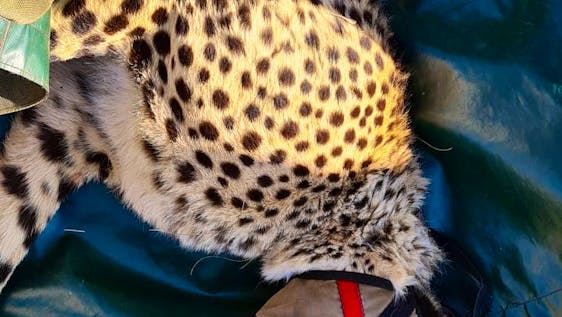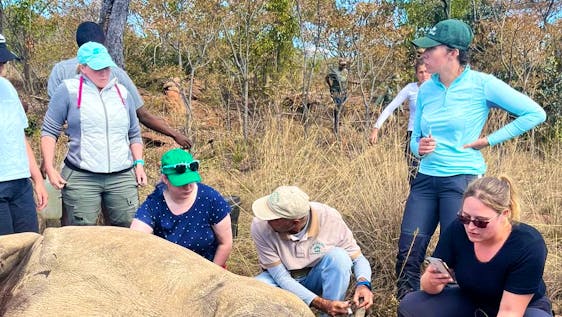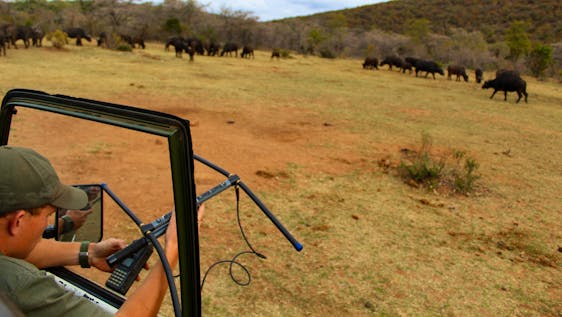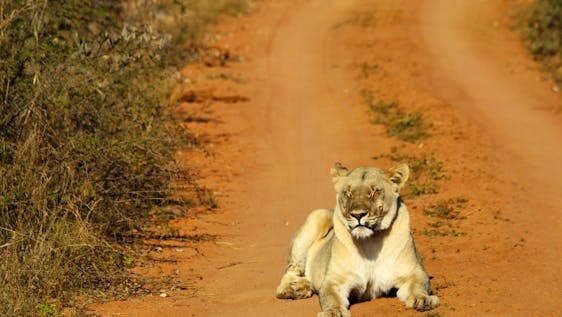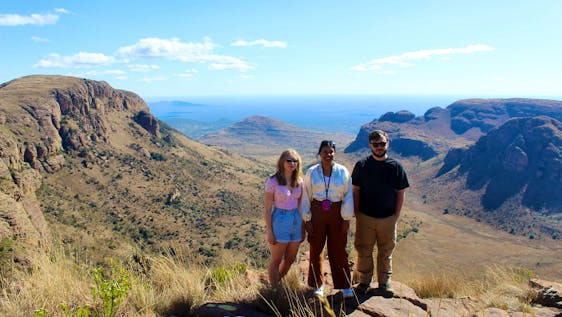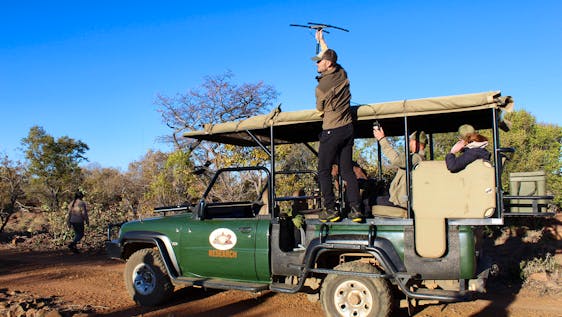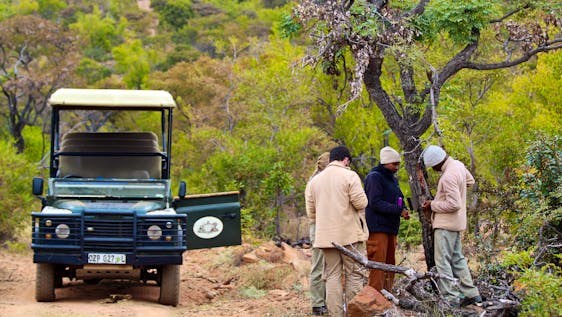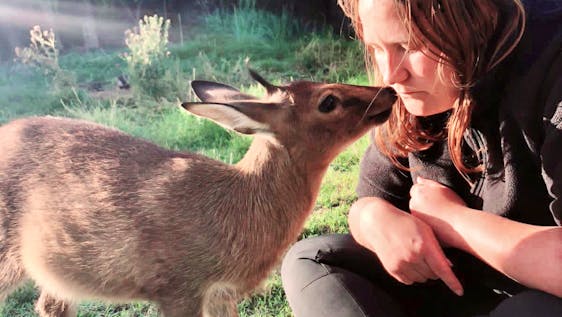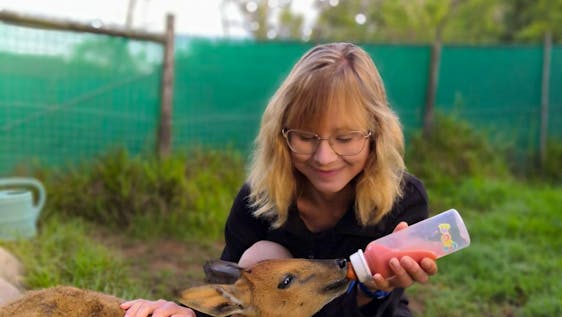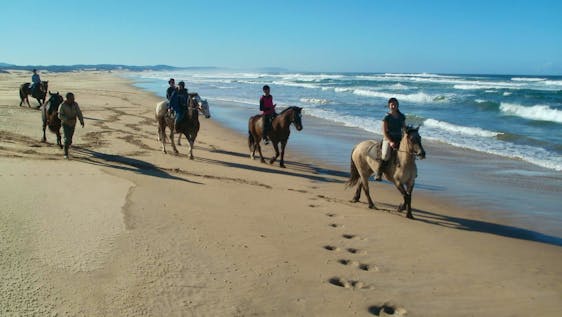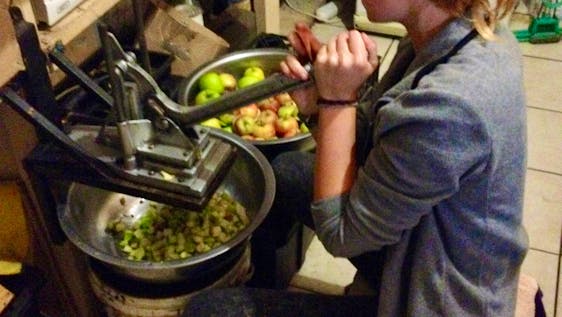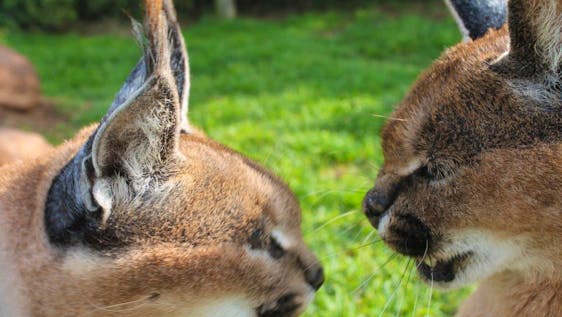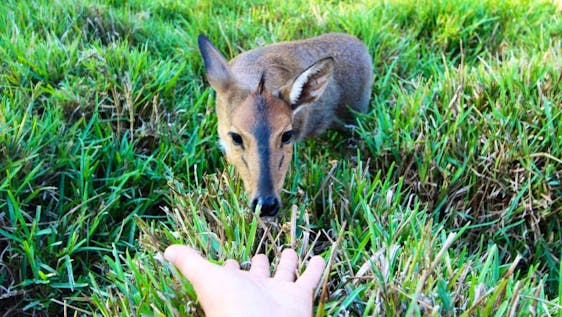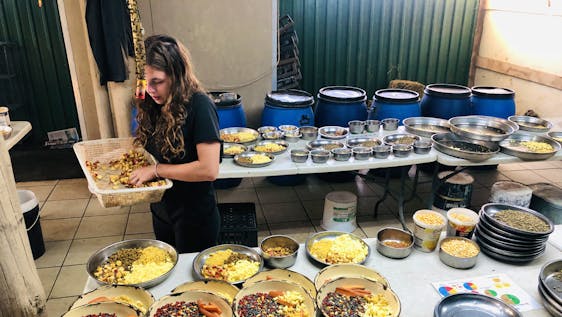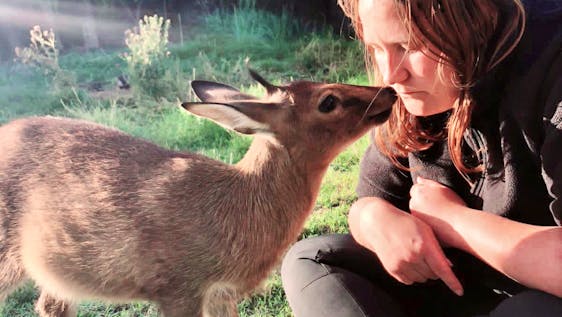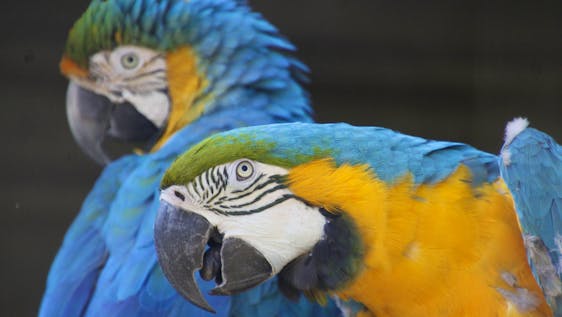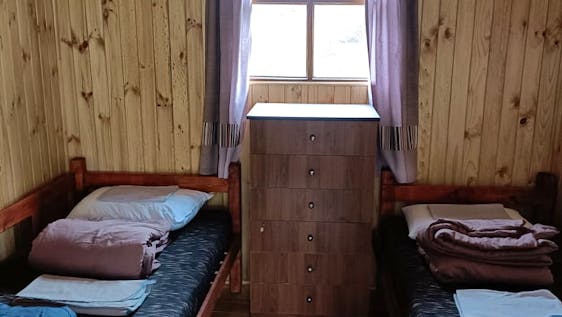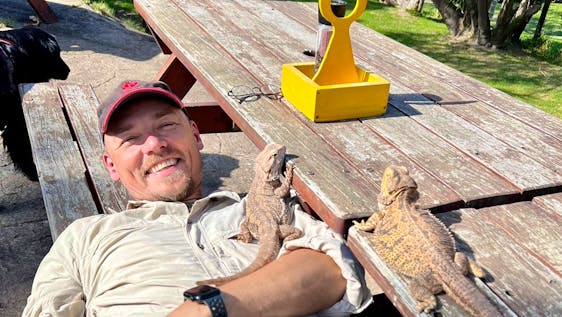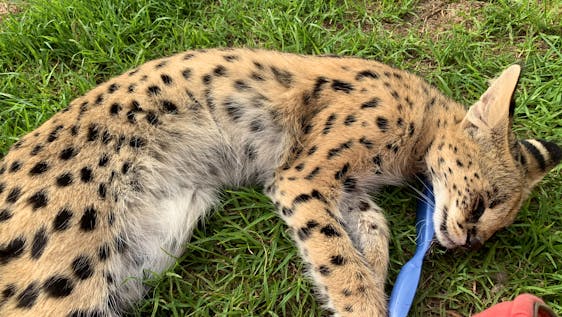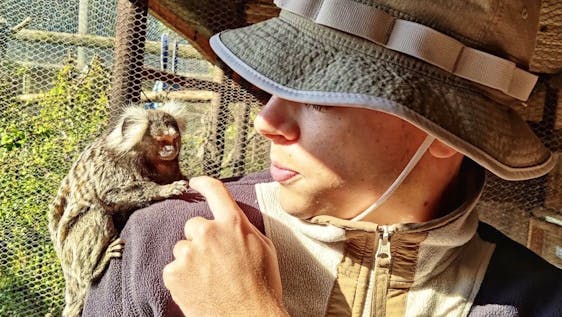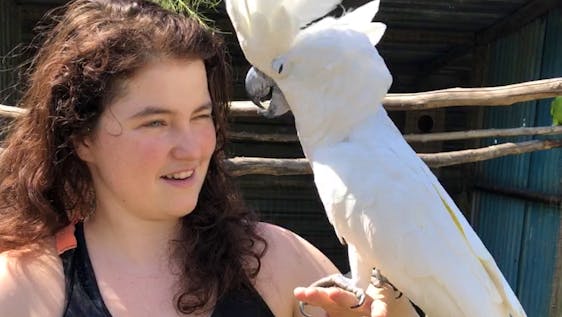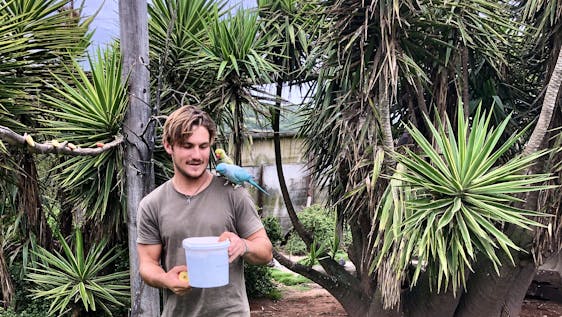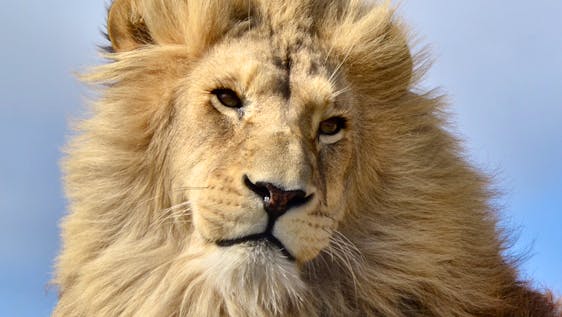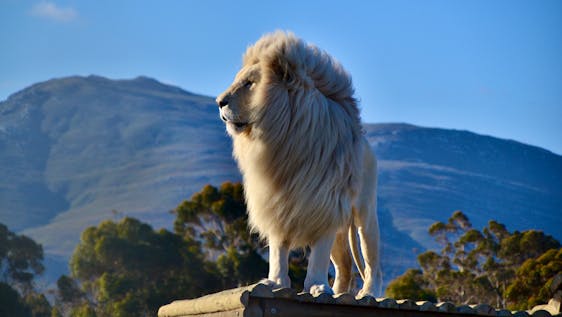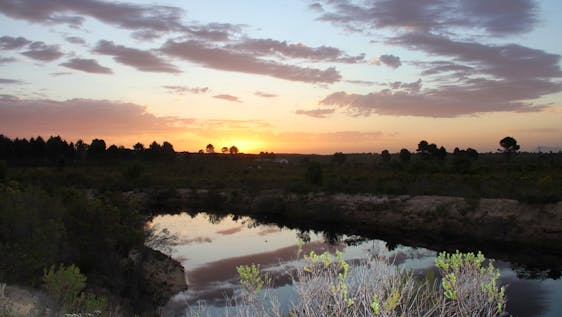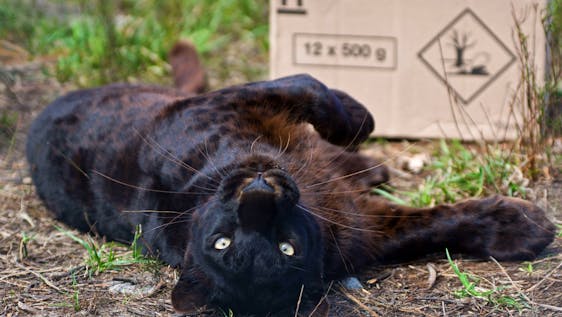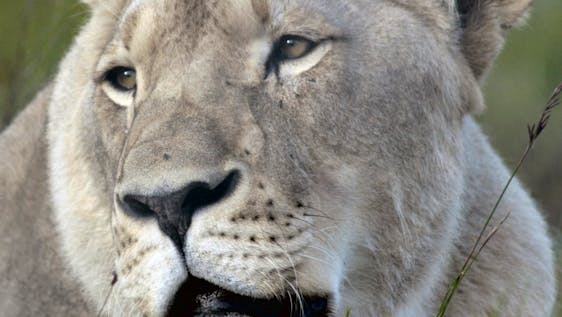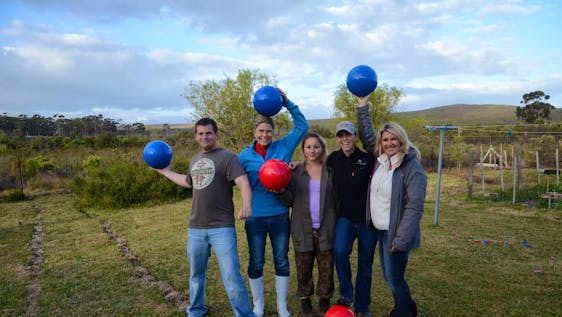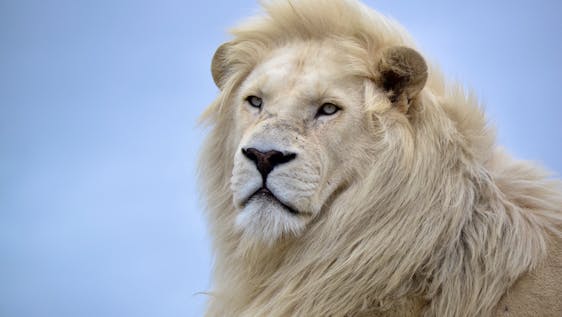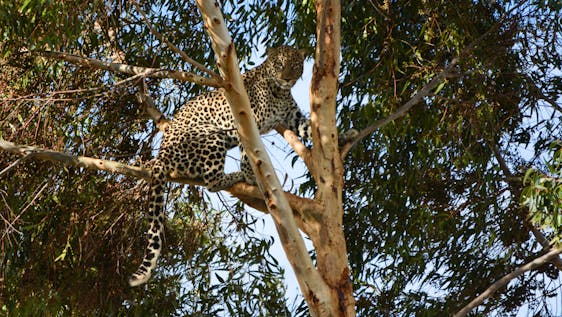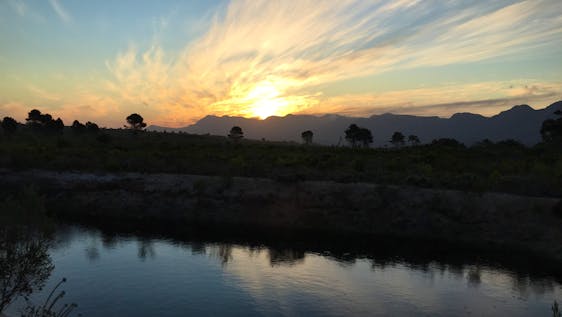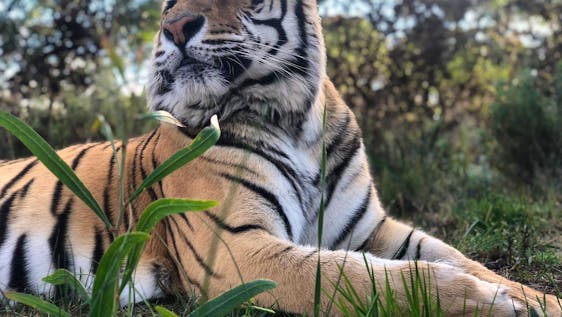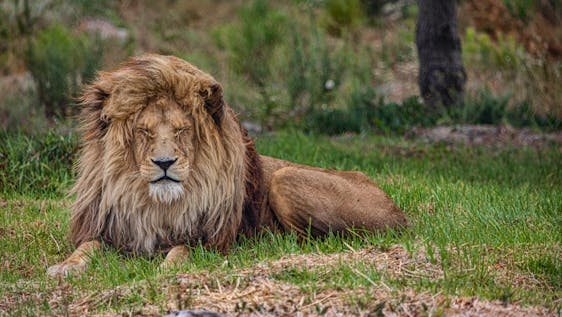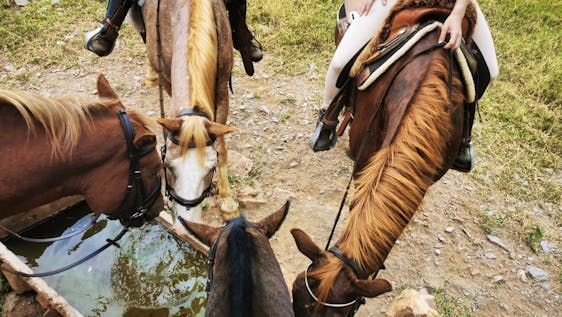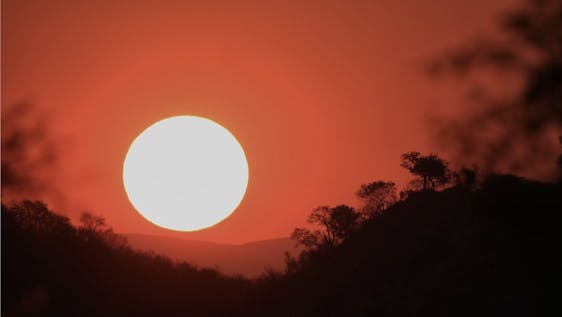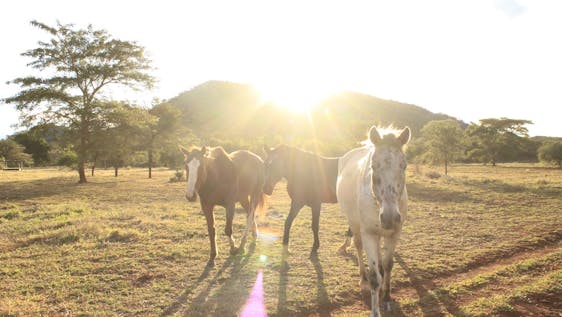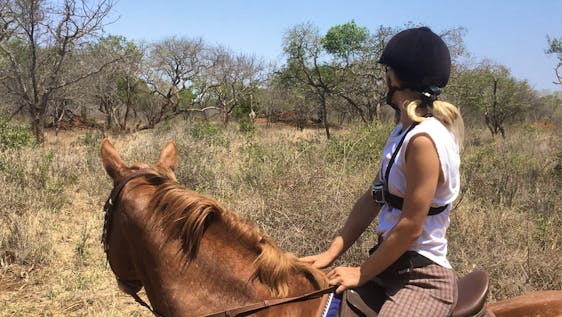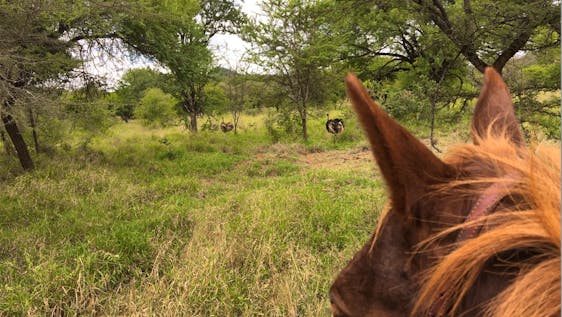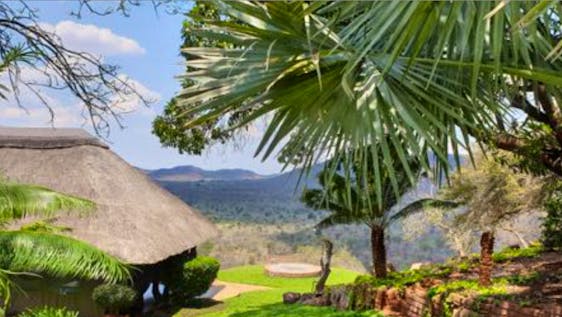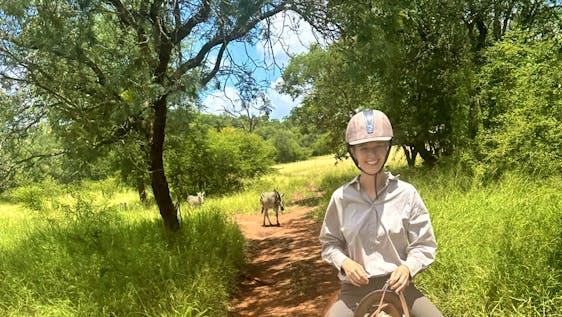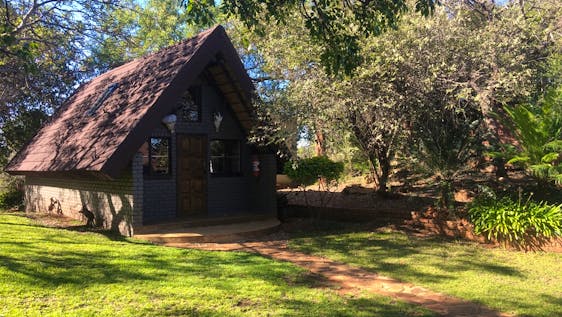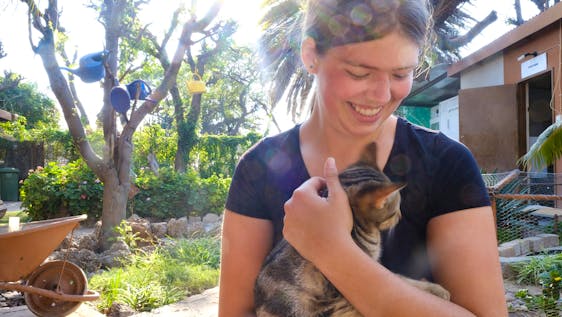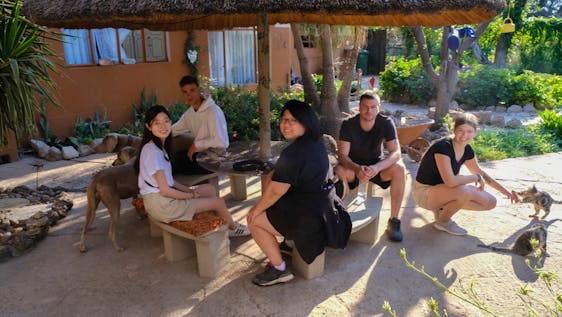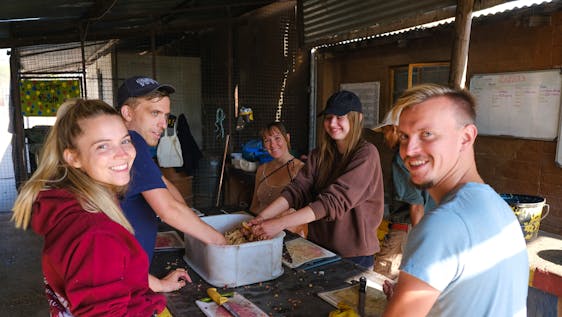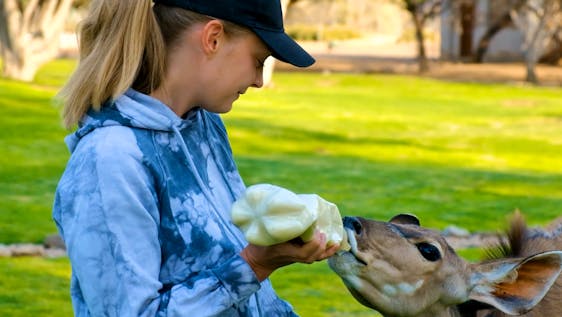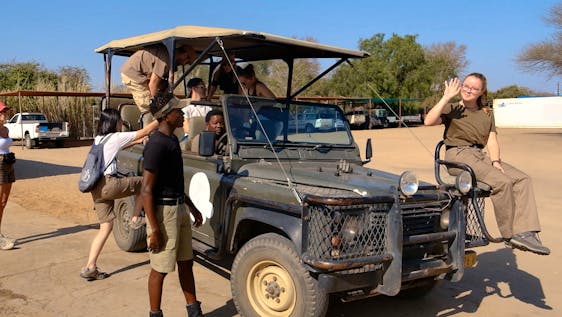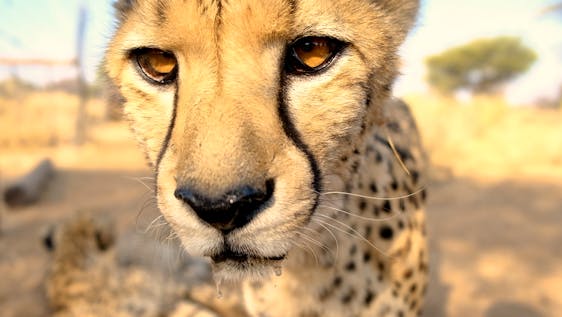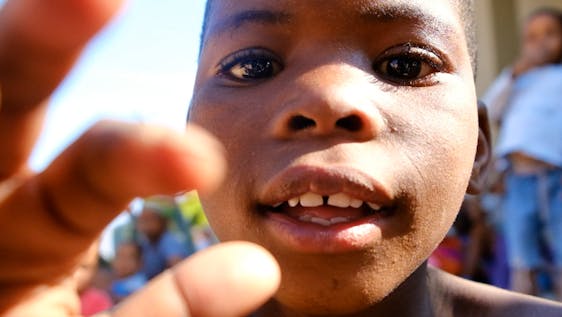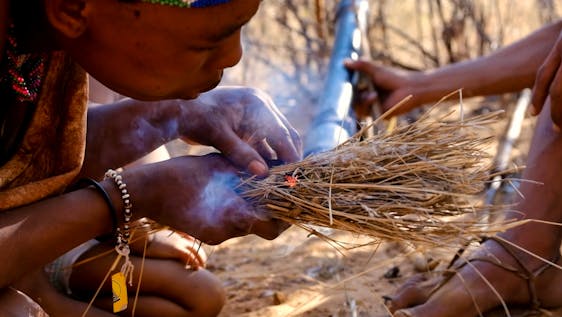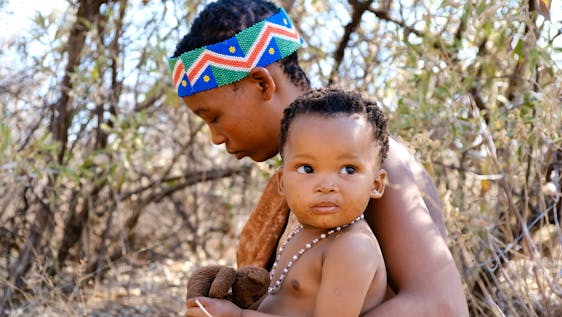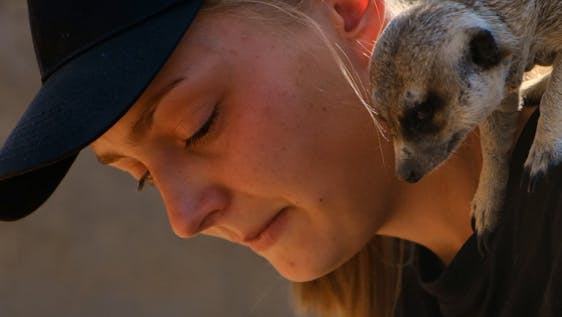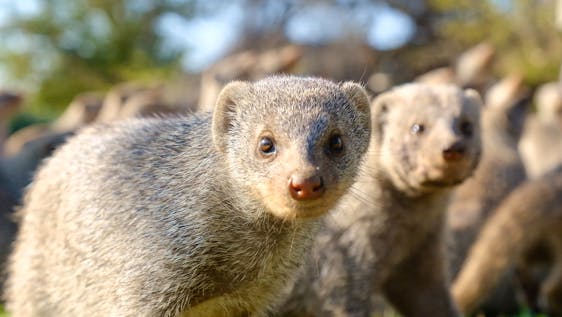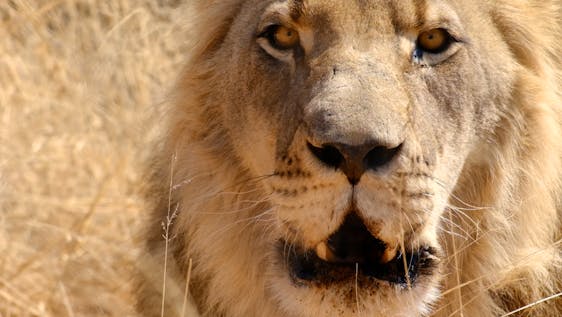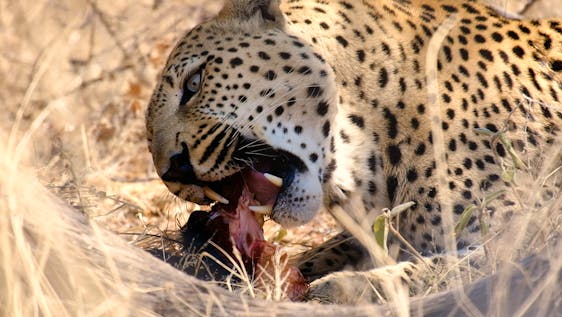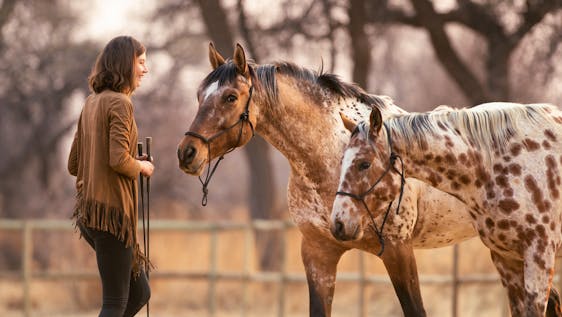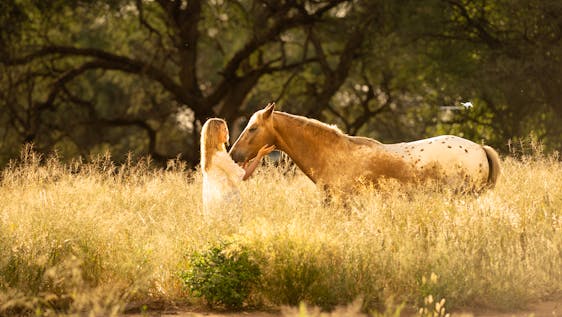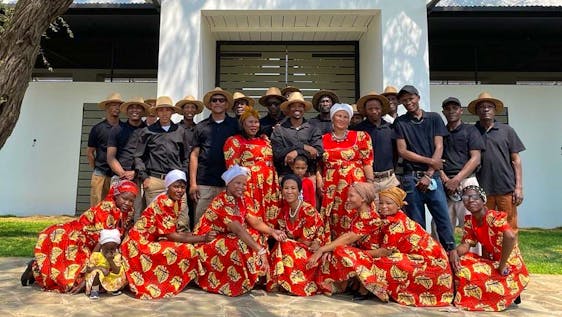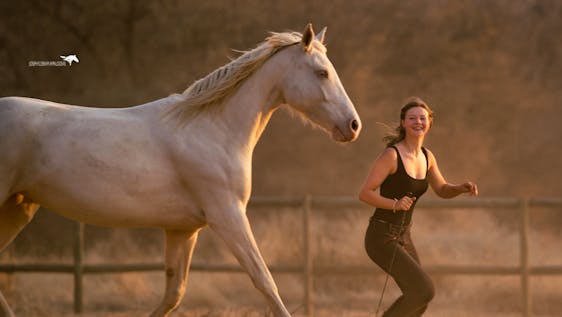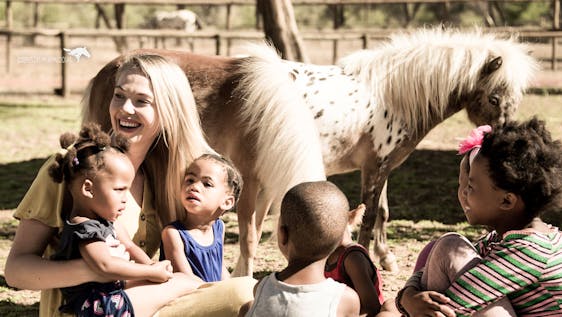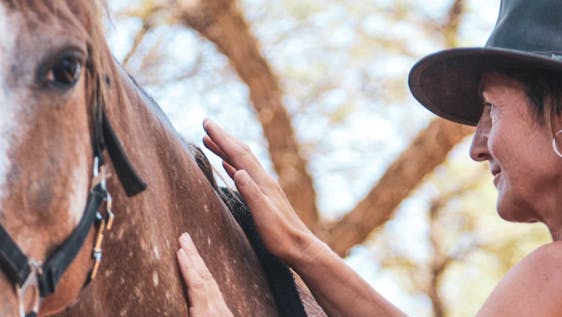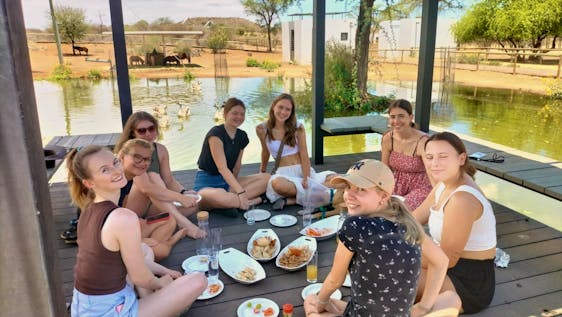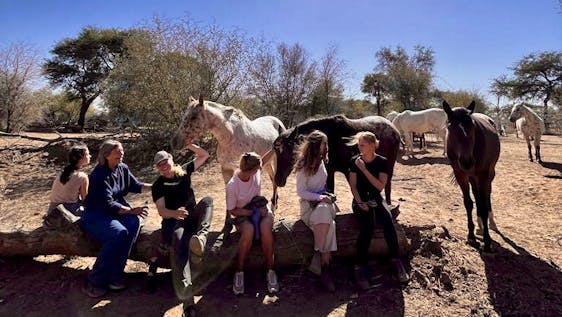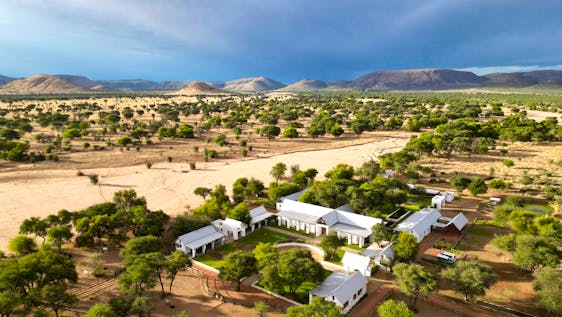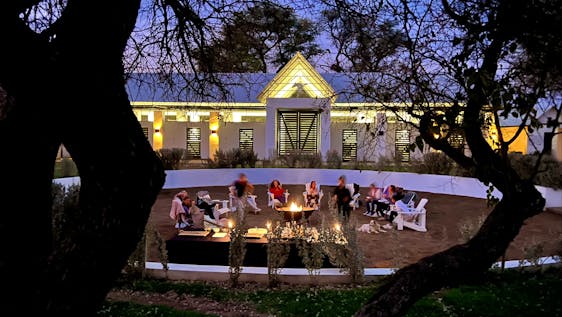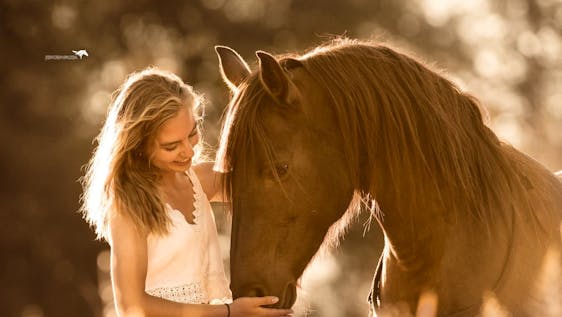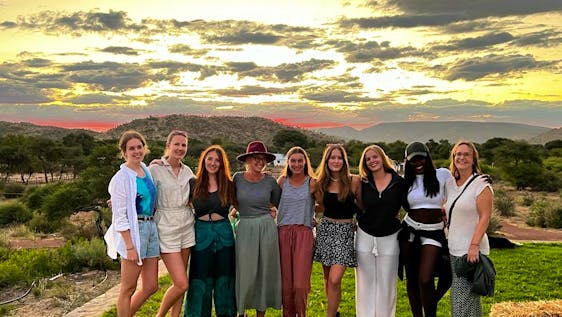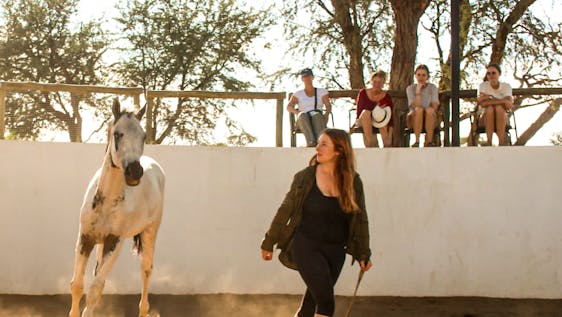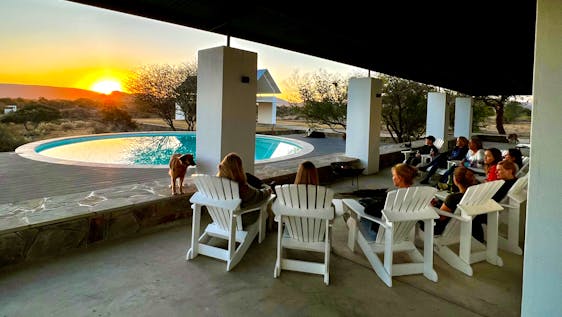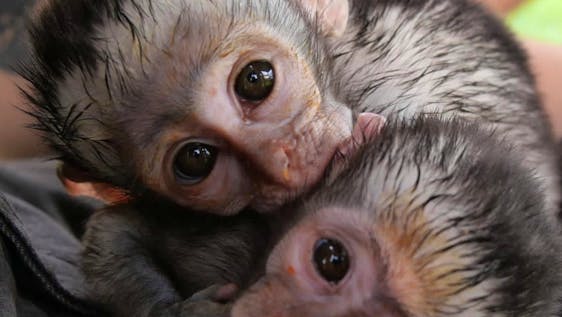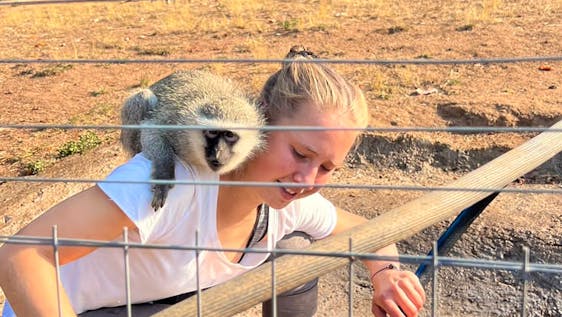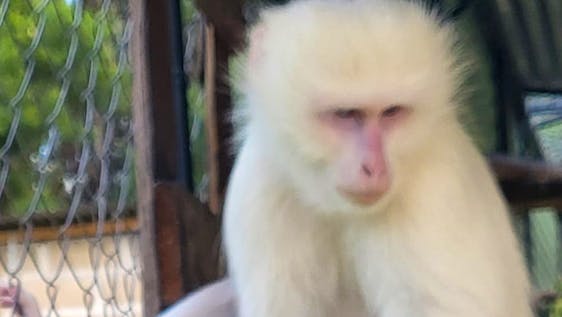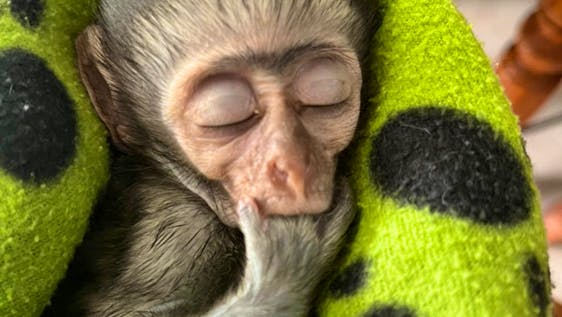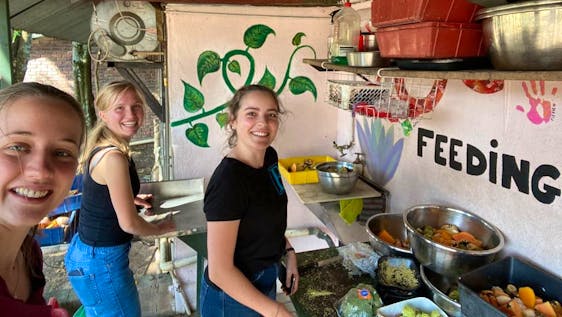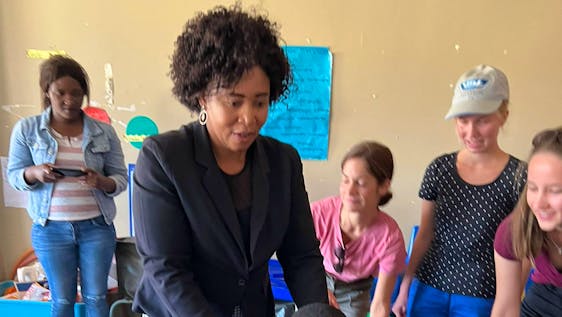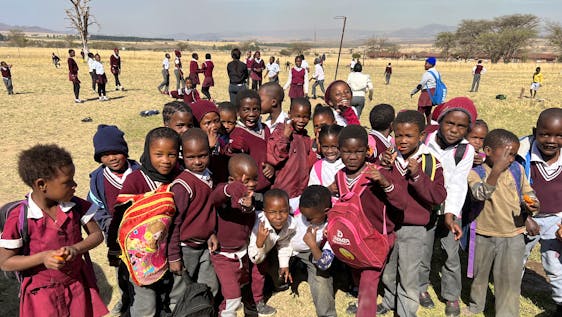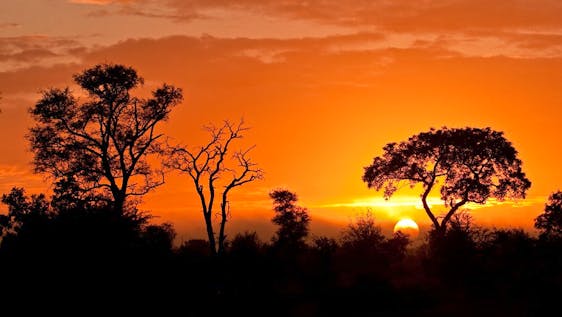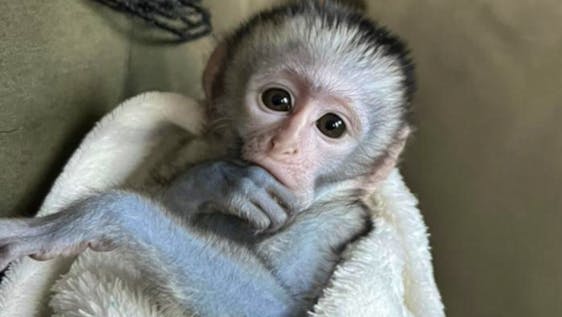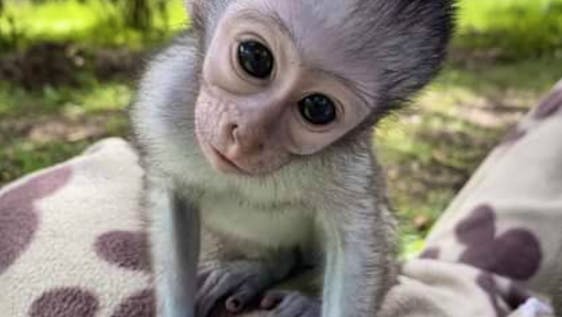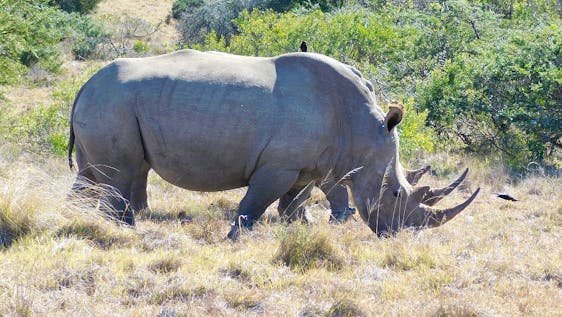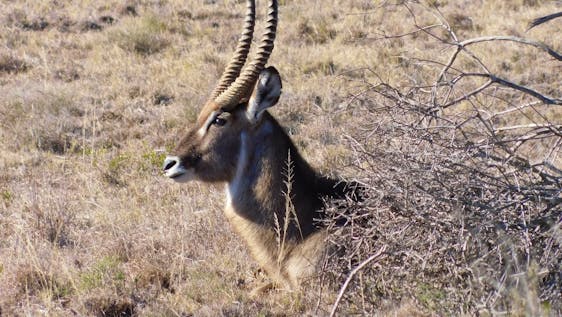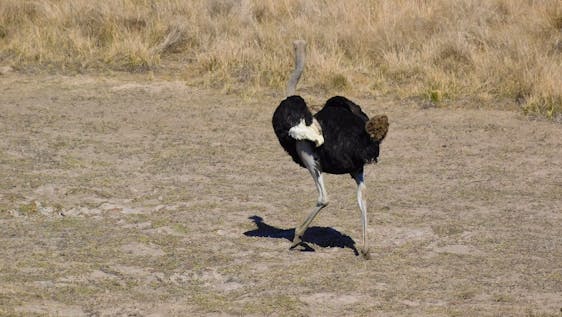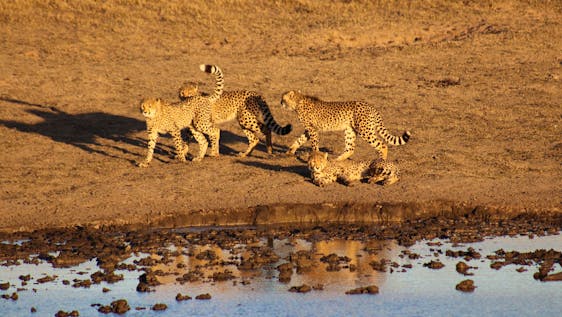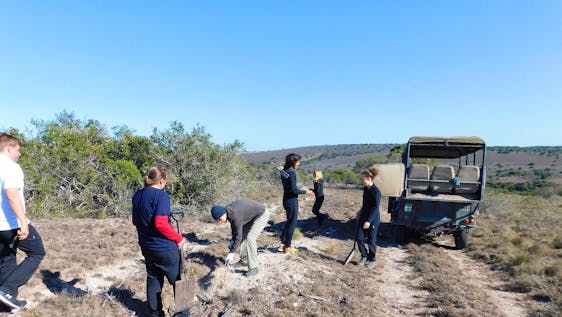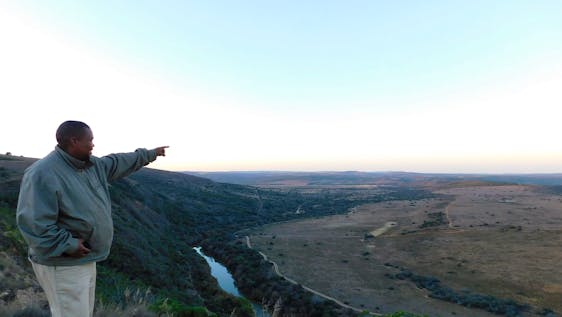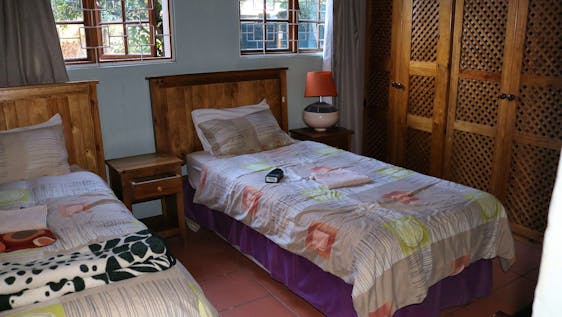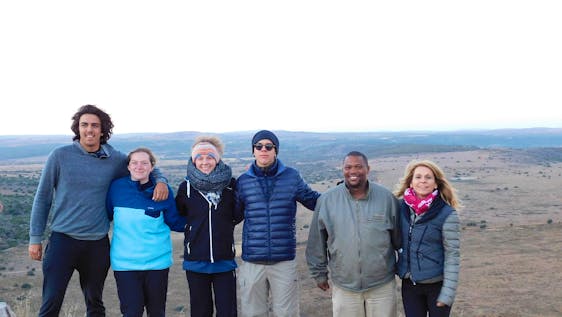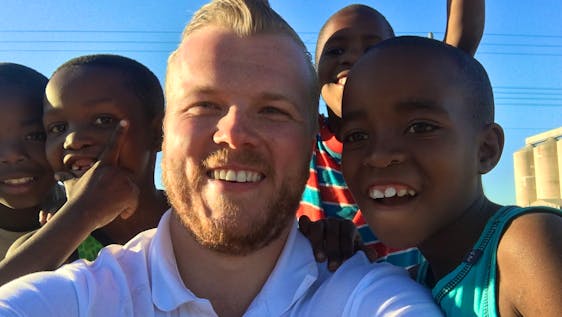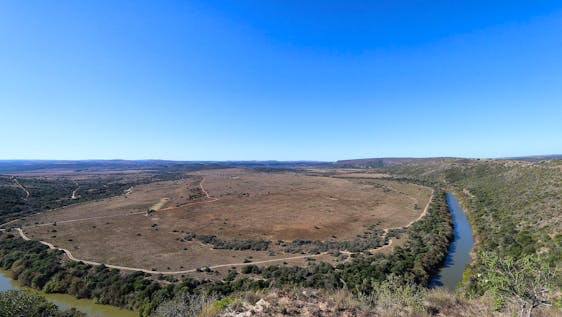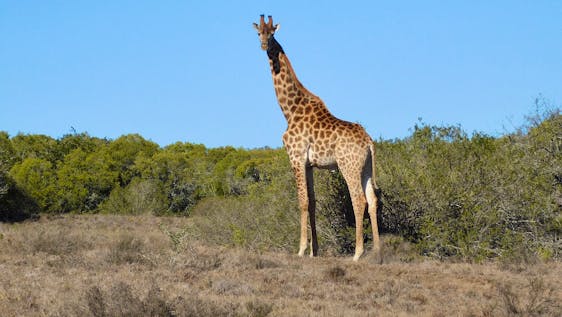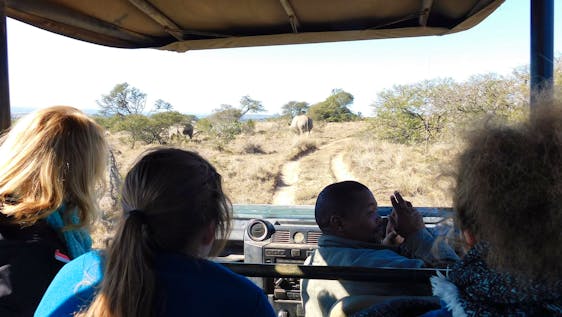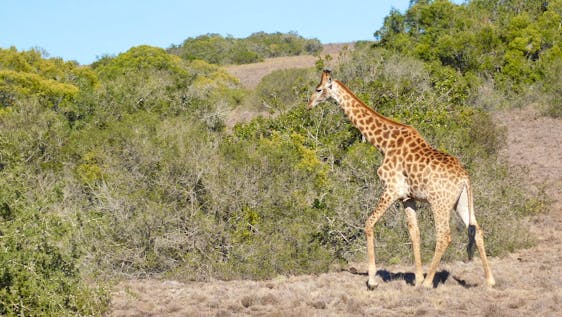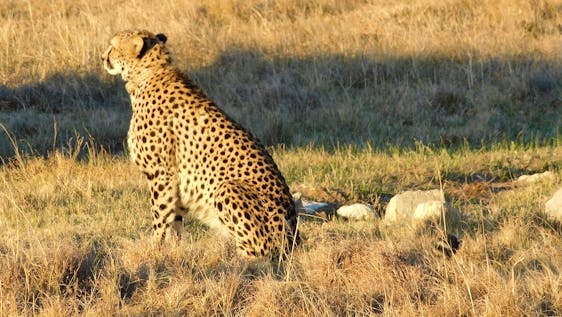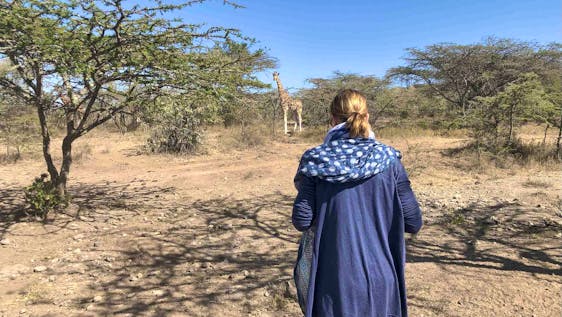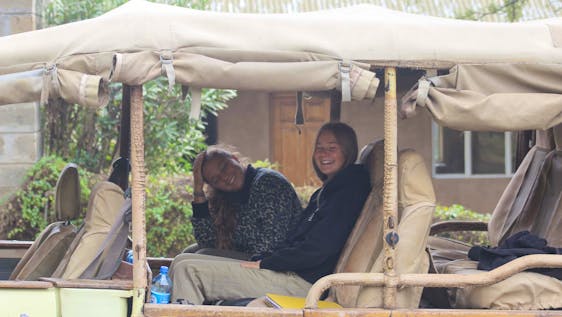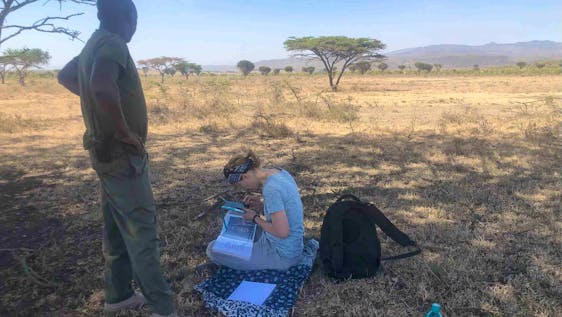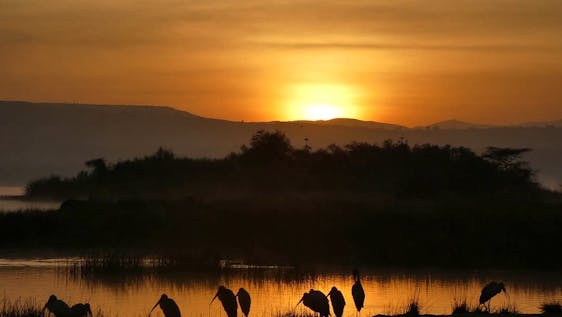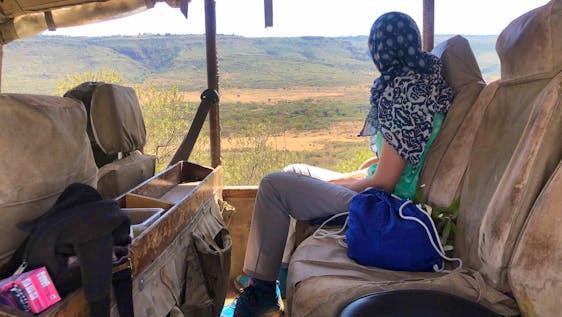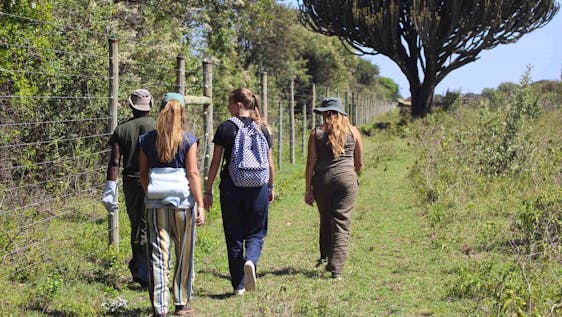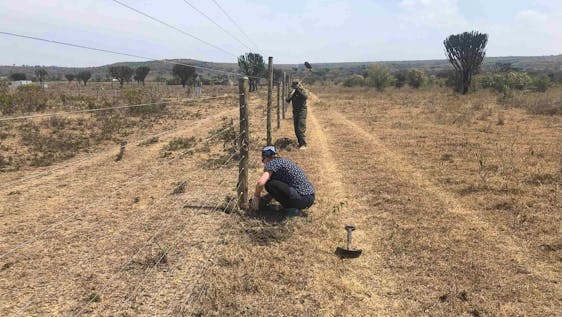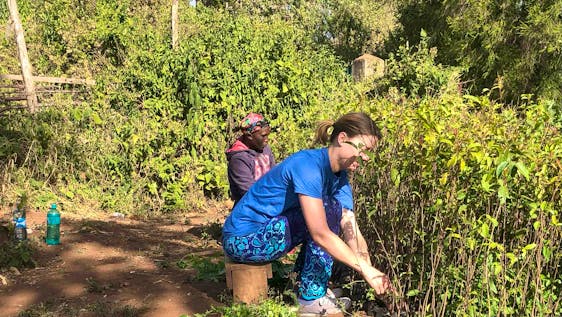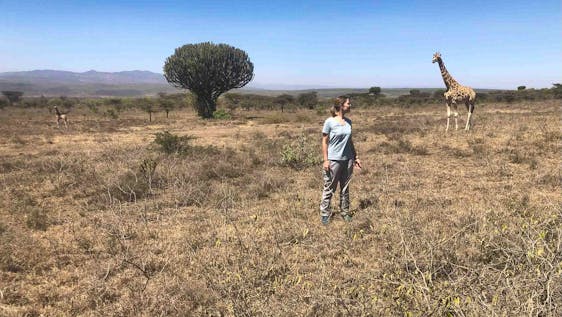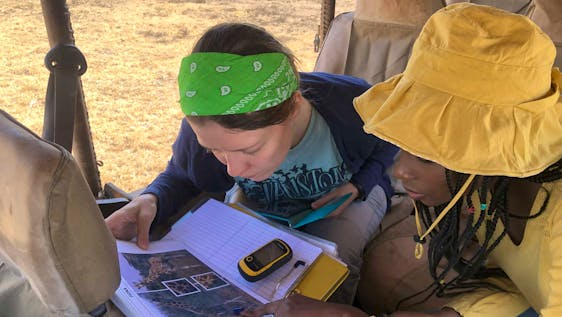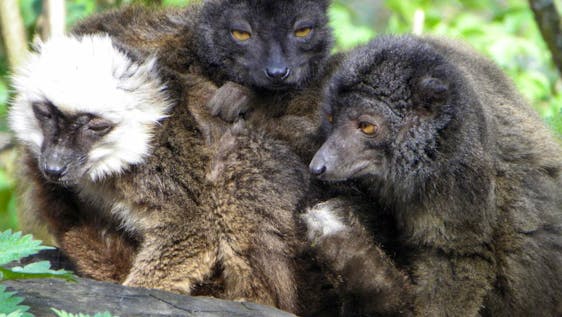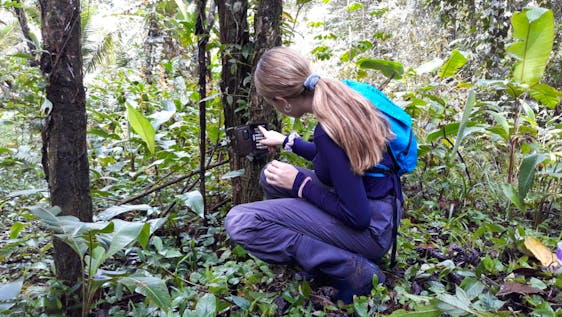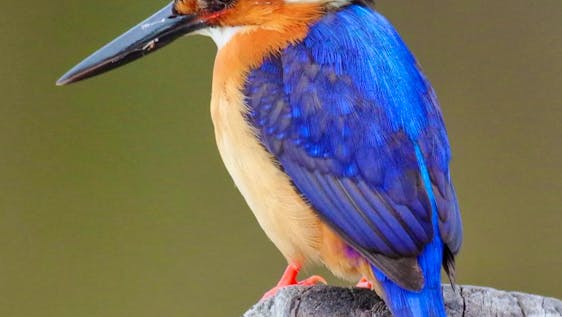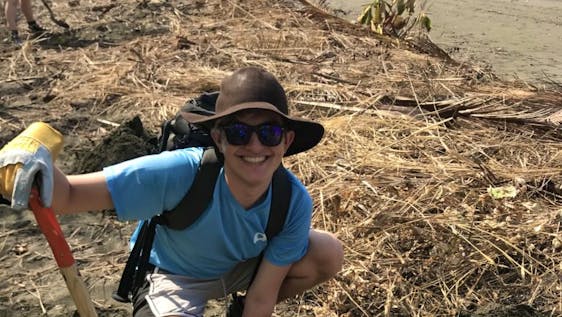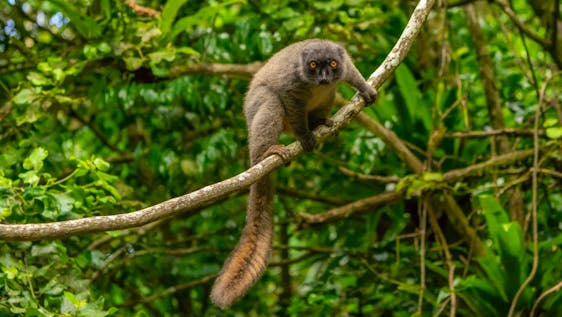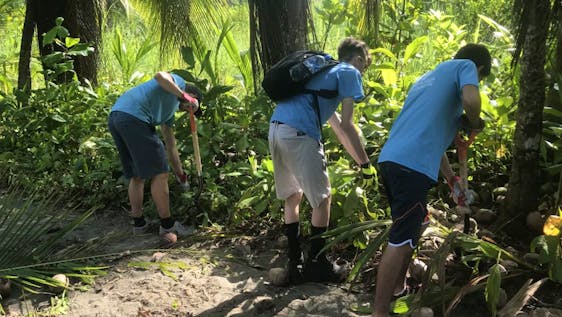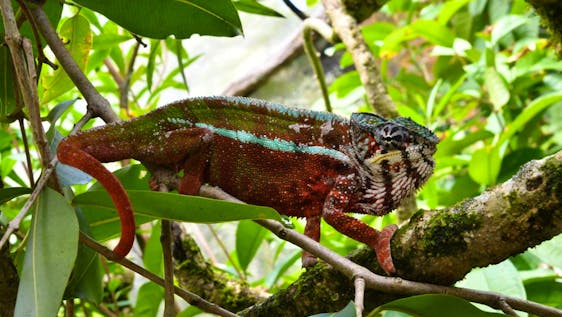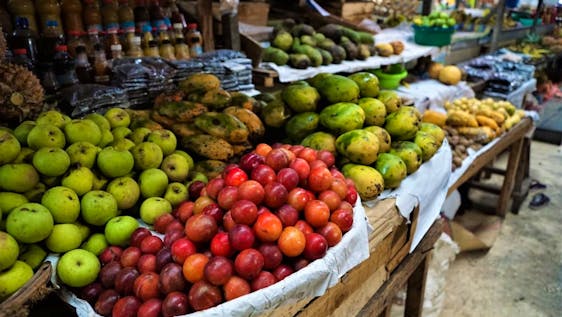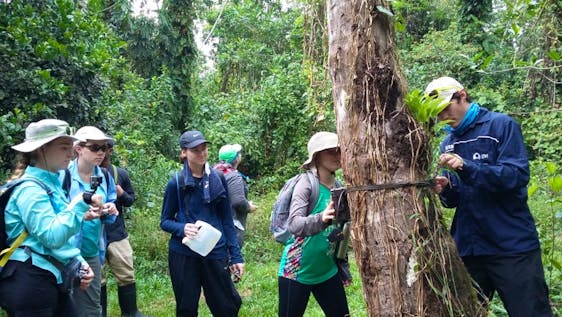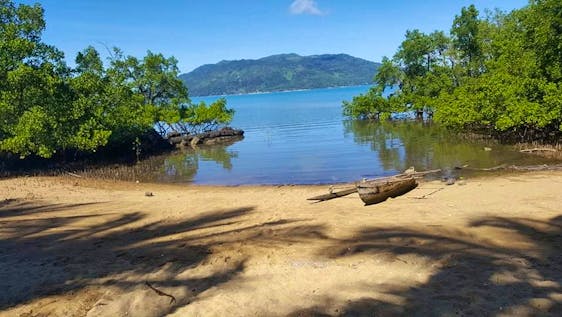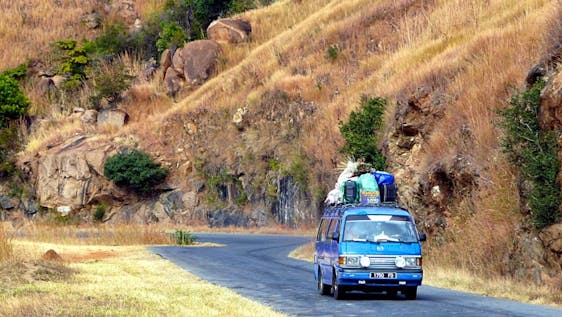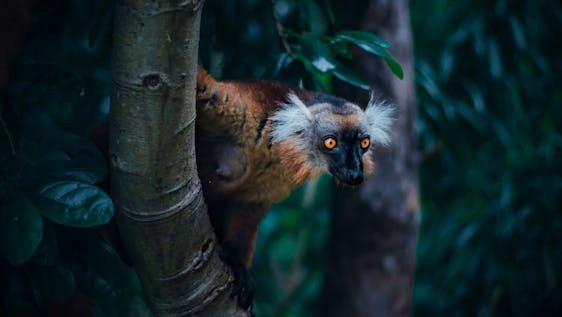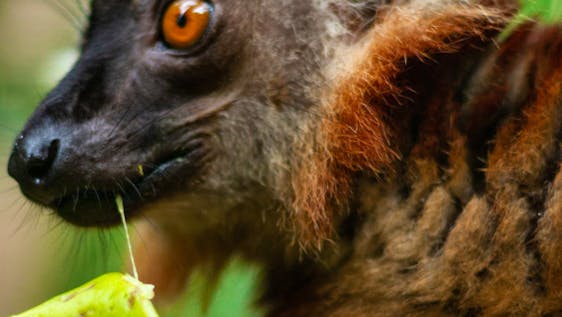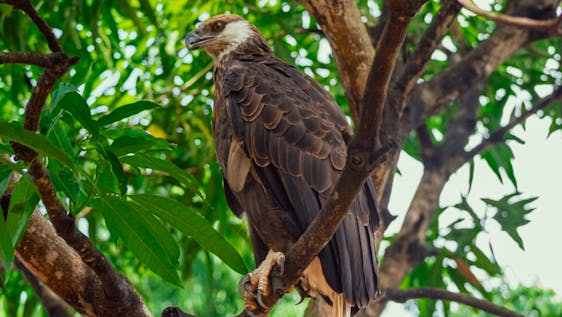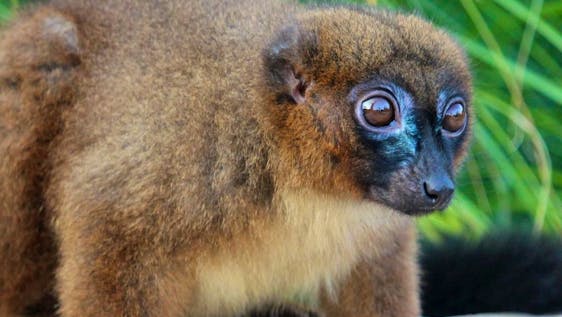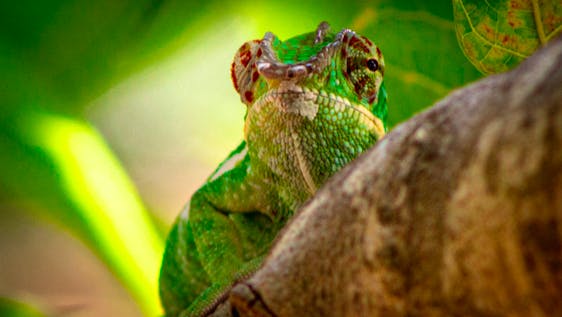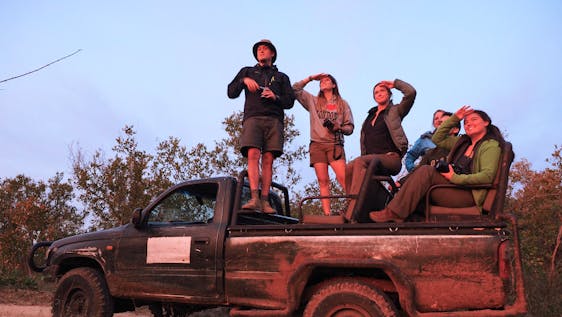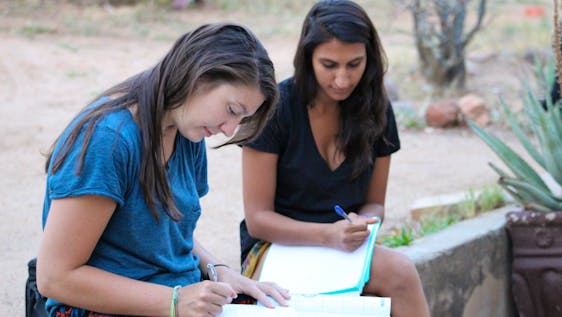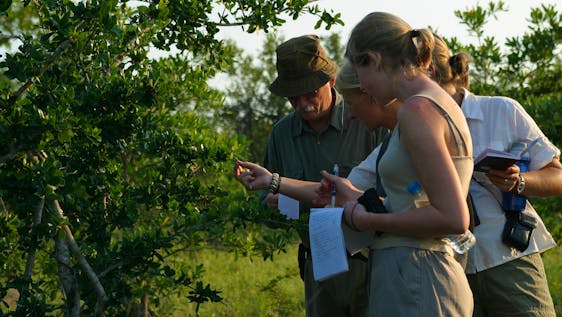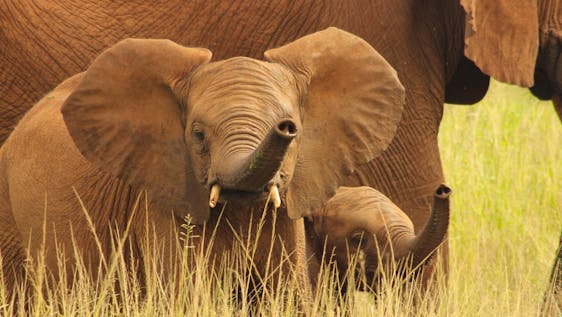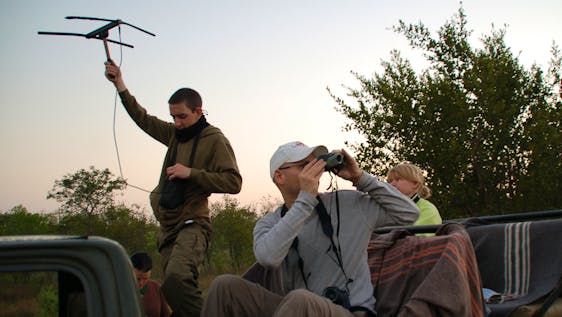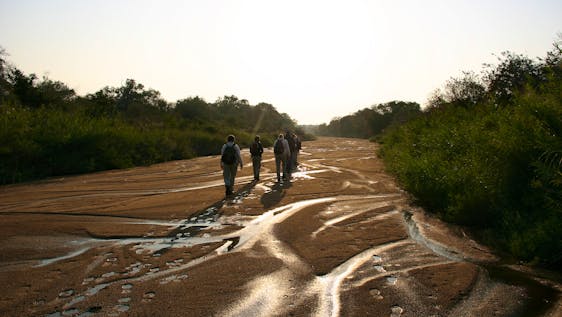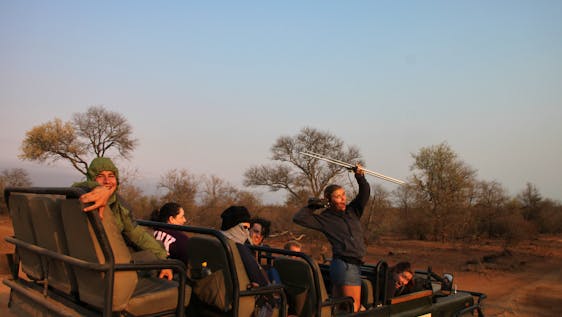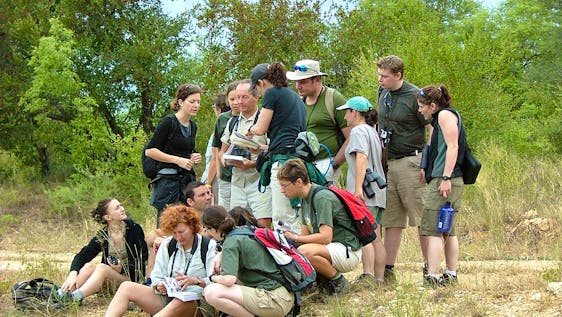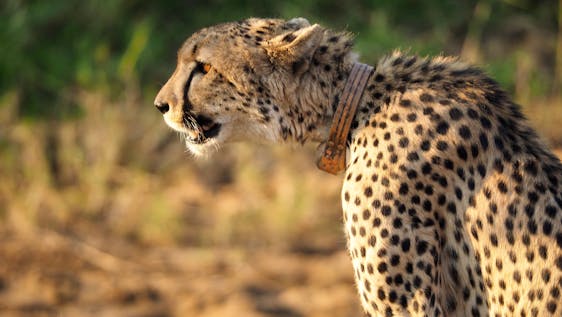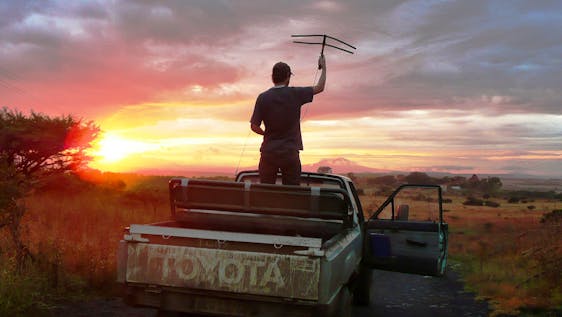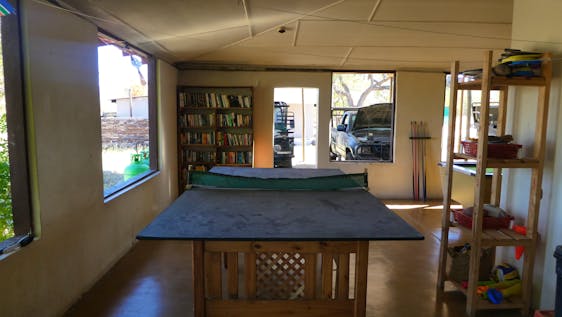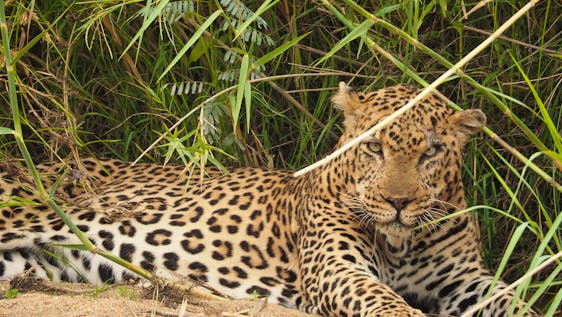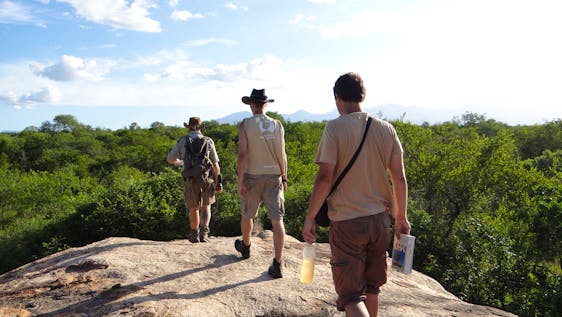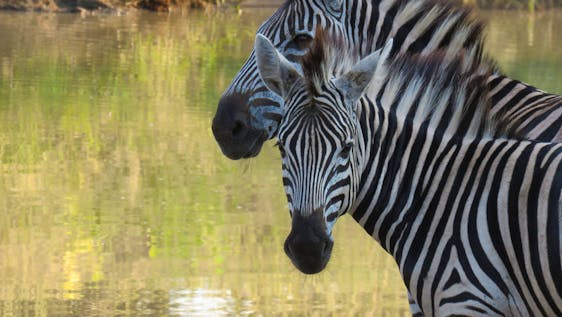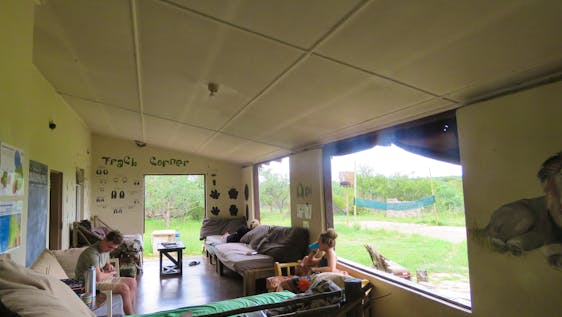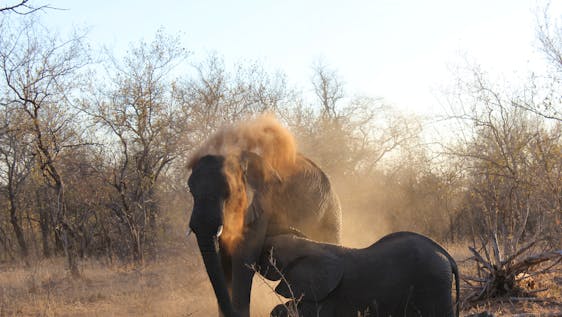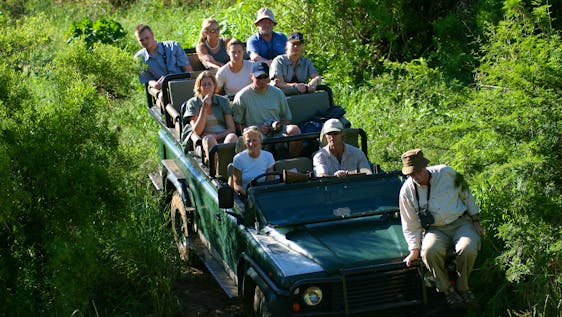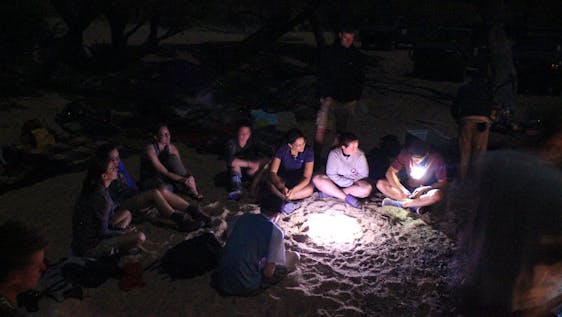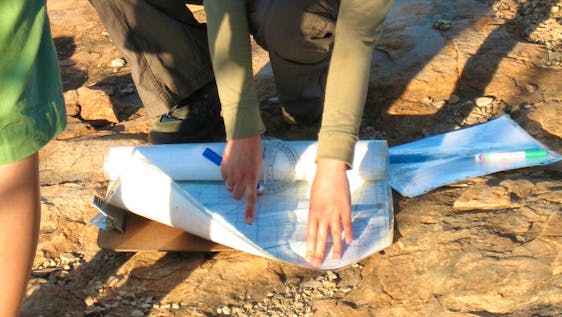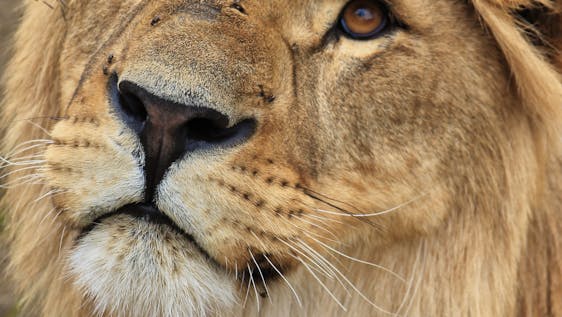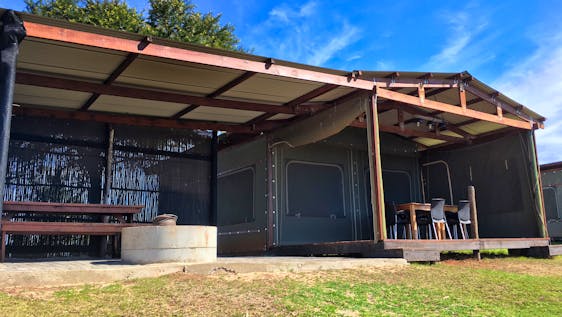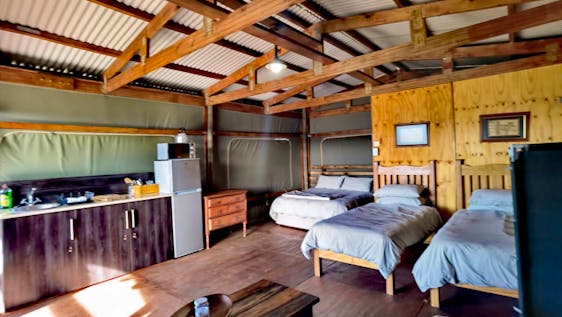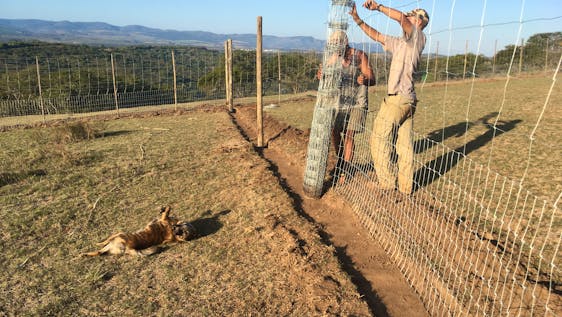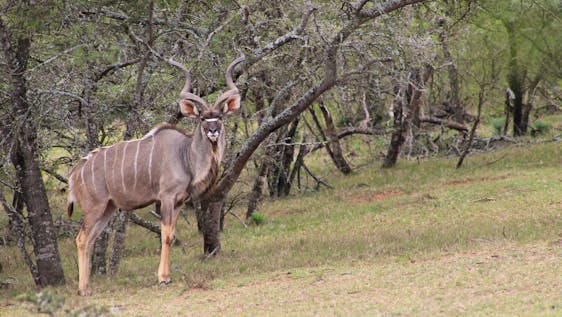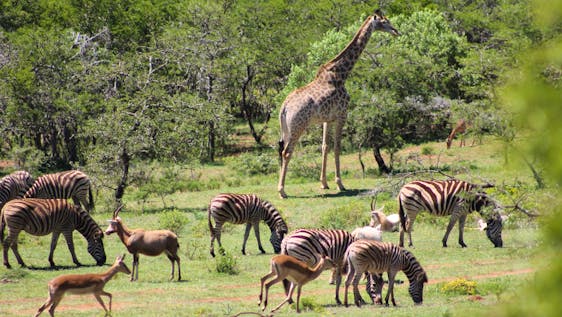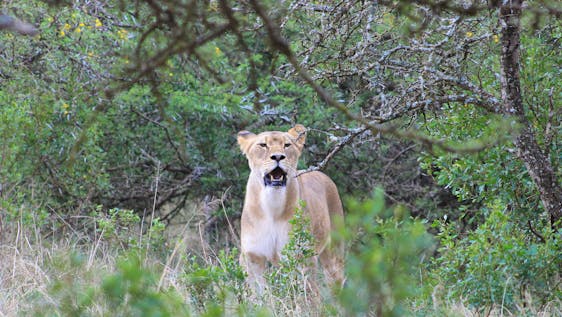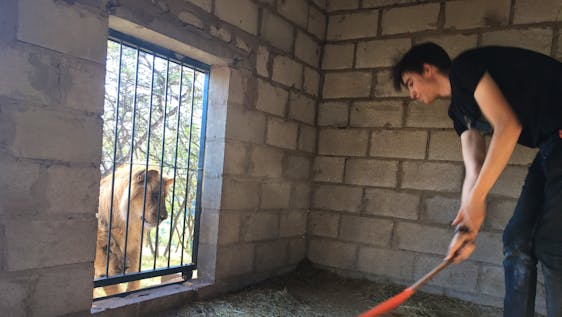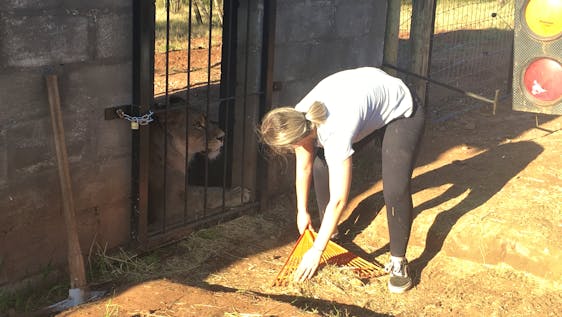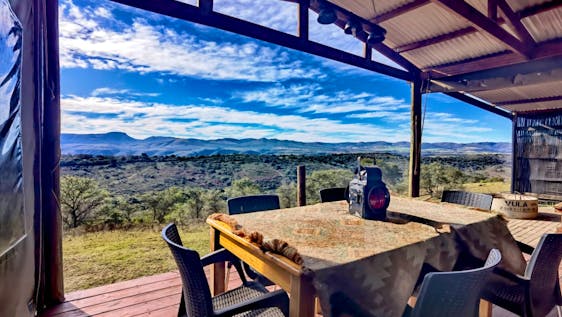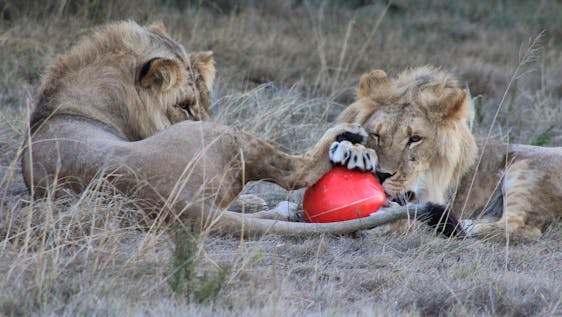Wildlife Conservation Volunteer in Africa
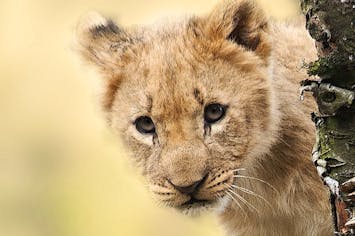
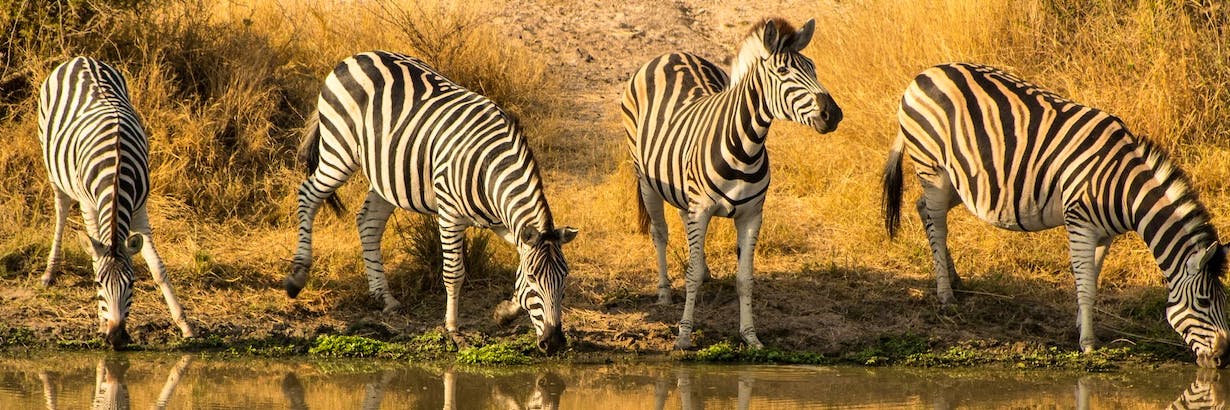
Volunteer for African Wildlife Conservation
Have you always wanted to explore the unique blend of culture, wildlife, and landscapes of Africa? Do you also want to do something meaningful? If you answered yes in both cases, you have come to the right place! Here you will get information on how to volunteer in Africa with animals. Volunteers with a passion for wildlife can witness the most exotic endangered creatures up close and contribute to their conservation. Elephants, Lions, Leopards, Rhinos and Buffalos are on the list of all safari lovers and will be at your fingertips once you decide to volunteer for wildlife conservation. Experience the warmth of this continent in and experience the life-changing impact of volunteering with African wildlife!
If you want to witness unique wildlife, this is the perfect place for wildlife volunteering. Volunteer for African wildlife conservation and meet the most exotic creatures on our planet. Help them stand a chance in a world where their environment is threatened and they are slowly but surely becoming endangered species.
🦏 Why Volunteer with Animals in Africa?
That Africa has a lot to offer would be an understatement. Due to its different climate zones, ranging from a tropical to a subarctic climate, Africa boasts a variety of scenery from green forests to arid deserts and is home to a variety of fascinating wildlife. Can you guess their national animal? It is the Springbok - a small, white gazelle. The South African rugby team is also known as the Boks.
Different African animals, such as mammals, birds or predators are found in the national parks as well as in countryside of the continent. Here a few facts you might not have known about Africa’s most famous national park:
- The Kruger National Park was founded in 1926 and Africa’s biggest wildlife reserve
- The park is about 2 million hectares which is about the same size as Israel.
- With 147 different species, the national park is home to the greatest variety of large mammals in comparison to other conservation areas.
- It is also home to the extremely rare white lion. In 2009, the first white lion was introduced back into the wild which has increased the population ever since.
🦁 How to Volunteer in Africa with Animals?
First you should find the right volunteer project for animals in Africa. In a first step it is important to find out for which species you want to protect:
Big Five Conservation
Have you ever heard of the Big Five when people talk about Africa? It is a name for South Africa’s most popular animals; lions, elephants, buffalos, rhinos, and leopards. The term was originally used during the 19th and 20th centuries by professional hunters referring to the five most difficult and dangerous species to hunt. Nowadays, the term has been adapted by tourist guides as a national term that stands for the continent’s most popular animals. The Big Five live in the south of the Sahara and are a must-see when you volunteer with African animals.
The Elephant
The first animal belonging to Africa’s Big Five is the African Elephant. It is the largest living land mammal in the world. The largest Elephants can get as big as 7.5 meters in length, 3.3 meters tall and weigh up to 6 tons. If you get the chance to see the Elephant in the wild, you will notice that they never appear alone. Elephants are organized in herds consisting of related female Elephants and their calves. Usually, the male Elephants live by themselves, but sometimes they can be detected in small groups with other male members of their species.
Sadly, the Elephant is among the most endangered animals of the continent. Counting up to five million species in the last century, the population of the Elephant has reduced massively. In some regions, the population has decreased up to 80%. According to the World Wildlife Foundation, the biggest impacts on the wild Elephants are:
- the demand for ivory
- changes in the usage of the continent
The Rhino
Another member of the ‘Big Five’ is the Rhino. When seeing the Rhino, most people get the impression that it dates from the Stone Age due to its peculiar, primitive look. Sadly, the Rhino is endangered. Its population has declined by 90 percent since the 1970s and there are no more than five species remaining today.
The Buffalo
Another species that is counted amongst the ‘Big Five’ is the Buffalo. They are characterized by their famous horns. If you plan to go on a safari, make sure to keep your distance. At first glance, they seem to be rather calm and inactive, but don’t be deceived. If this animal feels disturbed in their environment, they can be unpredictable and unstoppable.
The Leopard
In contrast to the Buffalos, Leopards are rather trustworthy and have gotten used to the recurring safari tourists in cross country vehicles over the past years. There’s a good chance you will be able to tick off the Leopard from your ‘Big Five’ list of animals to see.
The African Lion
Last but not least, there is the African Lion. Lion species are mainly found in the savanna grasslands, but their habitat originally includes most of the continent except the rainforest and the Sahara desert. Similar to the Rhino, the Lion is considered an endangered species with an estimated 30-50% decline over the late half of the twentieth century.
Causes for this rapid decline include disease and human interference. In order to counteract the decline of the lion population, different African wildlife conservation projects have been organized over the past years. Have you ever heard of the Species Survival Plan? This plan was founded in 1982 for the conservation of the Asian Lion. Luckily the Lion was included in 1993.
Africa’s Marine Life
We’ve covered the land creatures but there is also a lot going on regarding marine life here. Did you know that Africa is the richest continent in freshwater fish, with about 3000 different species? The Southern Right Whale, for example, is the largest mammal in the southern hemisphere weighing up to 60 tons and has its breeding ground off the coast of South Africa. Other regular visitors are the Humpback- and Bryde’s whales.
During your volunteer experience abroad you should definitely watch sharks and dolphins, as the coasts contain a high diversity of marine animals. The Whales appear along the south coast between July and December. If you are lucky, you will even get the chance to see dolphin schools that consist of up to 300 dolphins!
Africa’s Bird’s and Insects
As you might know, the tropical regions of Africa have one of the most spectacular diversity of bird- and insect life. Can you imagine that this continent has over 2.600 different species of birds? You can even find four different species of penguins on the shores of South Africa. The most popular penguin is referred to as the jackass penguin or black-footed penguin. Presumably not the first animal that comes to mind when you think of Africa.
African Reptiles
Africa also offers a variety of reptiles, such as snakes, tortoises, lizards and crocodiles. The African Rock Python, for example, is one of the largest species of python worldwide and the largest snake on the continent. The Nile crocodile is similarly categorized as the Python. It is not only the most dangerous and aggressive species of crocodiles but also the second largest reptile in the world as it can grow up to 5 meters in length.
It seems as though Africa is home to the largest and most dangerous reptiles but there are also many other animals that do not fall in this category. Take the African Spurred Tortoise as an example. This species may be the largest tortoise on the continent but isn’t dangerous.
🐘 What are the Most Endangered Animals in Africa?
Africa is home to a variety of different endangered species. It isn’t only the Lion, the Elephant and the Rhino who belong to the national group of endangered species. Other animals such as the Grevy’s Zebra are also endangered. Its population has declined from 15.000 to 3.000 since the 1970’s. Wild Dogs are also amongst the endangered species and their numbers are constantly declining.
Also critically endangered are the Mountain Gorillas. They can be found in the Virunga Volcanic Mountains in Central Africa or in the Bwindi Impenetrable National Park in south-western Uganda and are the rarest great apes in the world. Due to wildlife conservation work, the Gorilla population has increased from 620 in 1989 to about 880 today. Although this is a great development, we aren’t there yet and help is always needed.
Each of these creatures is threatened and relies on the support of volunteer programs to ensure its future. Volunteer for African conservation of wildlife to support wildlife conservation projects and give these magnificent creatures the chance to keep gracing our planet.
🦍 What are the Biggest Threats to African Wildlife?
But why are so many of the above mentioned species endangered? Here are some of the reasons :
- reduced water sources
- degradation of the animals’ natural habitat through deforestation and extraction of natural resources
- human-induced reasons like hunting
It’s obvious that there are conflicts between the existence of wildlife and humans. Especially deforestation and the general extraction of natural resources are threatening Africa’s wildlife.
In order to help the endangered animals on this continent, different conservation programs in Africa have been established in the last decades and they have accomplished important work in both the conservation of endangered animals as biodiversity conservation.
Although Africa attracts people from around the world to see these exotic species, a lot of these species are endangered. Programs that are dedicated to reversing the downward trend in their population rely on the help of wildlife volunteers to contribute to African wildlife conservation. Take this chance and join one of the projects abroad where your help is needed and you get the opportunity to witness these astounding creatures in their natural habitat.
🐆 Best Places to Volunteer with Animals in Africa
Are you wondering: Where will I go as a wildlife conservation volunteer in Africa? Most of Africa’s impressive wildlife is situated in the southern part of the continent. There are a great number of projects to choose from in South Africa which is known for its abundant wildlife both on land and in the sea. Other excellent destinations with great wildlife programs are Namibia, Zimbabwe, Ghana, Botswana, and Malawi.
Although the number of projects is less abundant in these areas, the projects are not less spectacular. Volunteer in Africa with animals and there is no doubt you are in for an experience of a lifetime. Take a closer look at the different wildlife programs we have to offer in this part of the world.
🦓 What are the Benefits of African Wildlife Volunteering?
Seeing one of the ‘Big Five' in their natural habitat is a once-in-a-lifetime experience that volunteers will never forget. That alone is reason enough for many people to pack their bags and join a conservation project abroad. Continue reading to find out more about the 5 benefits of volunteering for wildlife conservation.
Learning Opportunities
Not only will you learn more about wildlife, you will also learn about their environment and the difficulties they are facing in the wild. You will get hands-on experience in conservation efforts and care-taking activities if you are volunteering in a rescue center. The volunteer work experience will also bring you in touch with the local community which will be a wonderful opportunity for cultural interchange.
Meet other people
Besides creating a connection with the local community, you will also connect with other volunteers who have the same goal as you and similar interests in wildlife. Rest assured that you will forge some meaningful relationships with other volunteers or project members that may last a lifetime.
Travel
If you’re an adventurer and love to travel, nothing will stop you from discovering your surroundings. Volunteering with Africa’s animals will introduce you to the wild side of Africa and its exquisite biodiverse environment.
New Experiences
Volunteering abroad is a brilliant way to expand your perspective of the world. Issues that seemed huge problems before, may seem trivial after your volunteer experience. Life experiences like this provide volunteers with valuable baggage that can prove helpful in the future. Volunteer for a meaningful project and witness how you become a stronger individual!
Health Improvements
Multiple research has demonstrated that volunteering leads to better health and a healthier state of mind. Those who volunteer have lower mortality rates, function better and suffer less from depression later in life. Volunteer and experience the satisfaction of knowing you are helping endangered species. Give it a try, volunteer abroad and see what it does for your health and happiness!
Volunteering in Africa with animals will not only help the planet but will reap the benefits of their hard work. Be sure to check out all the wildlife volunteer opportunities in Africa.
Become an African wildlife volunteer today. This is your chance to help and it will change your life!
🦒 How do I Volunteer in Africa with Animals?
Have you been thinking of taking a volunteering trip to work in Afrika with animals? You are not sure where to begin? There are Let’s see how planning a volunteer trip can be done in 5 simple and easy steps:
Decide on the type of volunteer program you wish to work for
Volunteering is always a unique experience and each animal conservation project in Africa will be different. Tasks will depend on the project you have selected but we can give you an idea of what you can expect when you decide to do volunteer work in Africa with animals. In wildlife conservation projects, volunteers won’t get as close to the animals but they will spend a lot of time in nature where they will help protect these species.
Each program will have a different specialty. One program may focus more on the research aspect and finding out more about a certain species while another program will have as their main aim to protect their habitat. This will entail more maintenance work of the reserve for example. Here are a few tasks you can expect as a wildlife conservation volunteer in Africa. Projects will include tasks like:
- Observing and tracking animals; game count
- Telemetry tracking and research
- Restoration and rehabilitation of the reserve and landscapes
- Maintenance of the reserve as healthy breeding ground
- Alien plant removal
- Find the volunteer organization that fits your requirements
- Speak with the program advisors
- Make your travel bookings in advance
- Prepare for your volunteer trip
Animal sanctuaries are focused on helping injured or sick animals. This type of program will have more hands-on work where you may get the chance to get close to the wildlife. Tasks as a wildlife volunteer for wildlife volunteer programs in Africa may include the following:
- Caring for African animals
- Preparing food and feeding
- Cleaning and maintaining enclosures
- General farm work
- Educating visitors
Be sure to do some research on each program to find out exactly what they stand for and what their objective is. This will give you the best idea of what type of work you will doing during your volunteer experience. University students who are studying geography may be more interested in the research-heavy voluntary work while others may want to take their minds off work or studying and are looking for some physical labor.
 Activities
Activities
 Rhino Conservation
Rhino Conservation
 Elephant Conservation
Elephant Conservation
 Lion Conservation
Lion Conservation
 Animal
Animal
 Wildlife Conservation
Wildlife Conservation
 Africa
Africa
 Giraffe Conservation
Giraffe Conservation
 Southern Africa
Southern Africa
 Anti Poaching
Anti Poaching
 Antelope Conservation
Antelope Conservation
 Southwest African Lion
Southwest African Lion
 South Africa
South Africa
 African Elephant
African Elephant
 White Rhino
White Rhino
 Bush Elephant
Bush Elephant
 African Leopard
African Leopard
 Leopard Conservation
Leopard Conservation
 Southern Giraffe
Southern Giraffe
 Cheetah Conservation
Cheetah Conservation
 Planting Trees
Planting Trees
 Hotspots
Hotspots
 Hyena Conservation
Hyena Conservation
 Spotted Hyena
Spotted Hyena
 Zebra Conservation
Zebra Conservation
 Tiger Conservation
Tiger Conservation
 South African Cheetah
South African Cheetah
 Mountain Zebra
Mountain Zebra
 African Buffalo
African Buffalo
 Buffalo Conservation
Buffalo Conservation
 Safari
Safari
 Kudu
Kudu
 Impala
Impala
 Premium
Premium
 Bushbuck
Bushbuck
 Eastern Africa
Eastern Africa
 National Park
National Park
 Zimbabwe
Zimbabwe
 Animal Sanctuary
Animal Sanctuary
 Reptile Conservation
Reptile Conservation
 Crocodile
Crocodile
 Vegan
Vegan
 Northwest African Cheetah
Northwest African Cheetah
 Monkey Conservation
Monkey Conservation
 Caracal Conservation
Caracal Conservation
 Bird Conservation
Bird Conservation
 Caracal
Caracal
 Meerkat Conservation
Meerkat Conservation
 Meerkat
Meerkat
 Namibia
Namibia
 Horse
Horse
 African Wild Dog Conservation
African Wild Dog Conservation
 Baboon
Baboon
 Port Elizabeth
Port Elizabeth
 Plains Zebra
Plains Zebra
 Windhoek
Windhoek
 Mongoose Conservation
Mongoose Conservation
 Mongoose
Mongoose
 Jackal Conservation
Jackal Conservation
 Victoria Falls
Victoria Falls
 Horse Sanctuary
Horse Sanctuary
 Eagle
Eagle
 Nyala
Nyala
 Owl
Owl
 Wildcat Conservation
Wildcat Conservation
 Duiker
Duiker
 Blesbok
Blesbok
 Kangaroo Conservation
Kangaroo Conservation
 Wallaby
Wallaby
 Macaw
Macaw
 Cockatoo
Cockatoo
 Marmoset
Marmoset
 Giant Tortoise
Giant Tortoise
 Parrot
Parrot
 Waterbuck
Waterbuck
 Tortoise Conservation
Tortoise Conservation
 Warthog Conservation
Warthog Conservation
 Elephant Research
Elephant Research
 Badger Conservation
Badger Conservation
 Elusive Pangolin
Elusive Pangolin
 Horse Therapy
Horse Therapy
 South African Hippo
South African Hippo
 Nosy Be
Nosy Be
 Lemur
Lemur
 Madagascar
Madagascar
 Vervet Monkey
Vervet Monkey
 Kenya
Kenya
 Chameleon
Chameleon
 Kruger National Park
Kruger National Park
 Veterinary Training
Veterinary Training
 Intern Abroad
Intern Abroad
 Aardvark
Aardvark
 Tubulidentata Conservation
Tubulidentata Conservation
 Transvaal Lion
Transvaal Lion
 Otter Conservation
Otter Conservation
 Giant Otter
Giant Otter
 Bat
Bat
 Amur Tiger
Amur Tiger
 Side-striped Jackal
Side-striped Jackal
 Golden Jackal
Golden Jackal
 Penguin Conservation
Penguin Conservation
 Tanzania
Tanzania
 Reforestation
Reforestation
 Plastic Reduction
Plastic Reduction
 Waste Reduction
Waste Reduction
 Western Africa
Western Africa
 Ghana
Ghana
 Kumasi
Kumasi
 Johannesburg
Johannesburg
 Animal Shelter
Animal Shelter
 Grey Wolf
Grey Wolf
 Husky
Husky
 Knysna
Knysna
 Wolf Conservation
Wolf Conservation
 Sea Turtle Conservation
Sea Turtle Conservation
 Zanzibar
Zanzibar
 Green Sea Turtle
Green Sea Turtle
 Capuchin Monkey
Capuchin Monkey
 Malawi
Malawi
 Ecological Farming
Ecological Farming
 Northern Africa
Northern Africa
 Egypt
Egypt
 Günthers Dik-Dik
Günthers Dik-Dik
 Plettenberg Bay
Plettenberg Bay
 Oryx
Oryx
 Ocelot
Ocelot
 Leopardus Conservation
Leopardus Conservation
 Dolphin Conservation
Dolphin Conservation
 Tanzanian Cheetah
Tanzanian Cheetah
 Mozambique
Mozambique
 Bottlenose Dolphin
Bottlenose Dolphin
 Whale Conservation
Whale Conservation
 Humpback Whale
Humpback Whale
